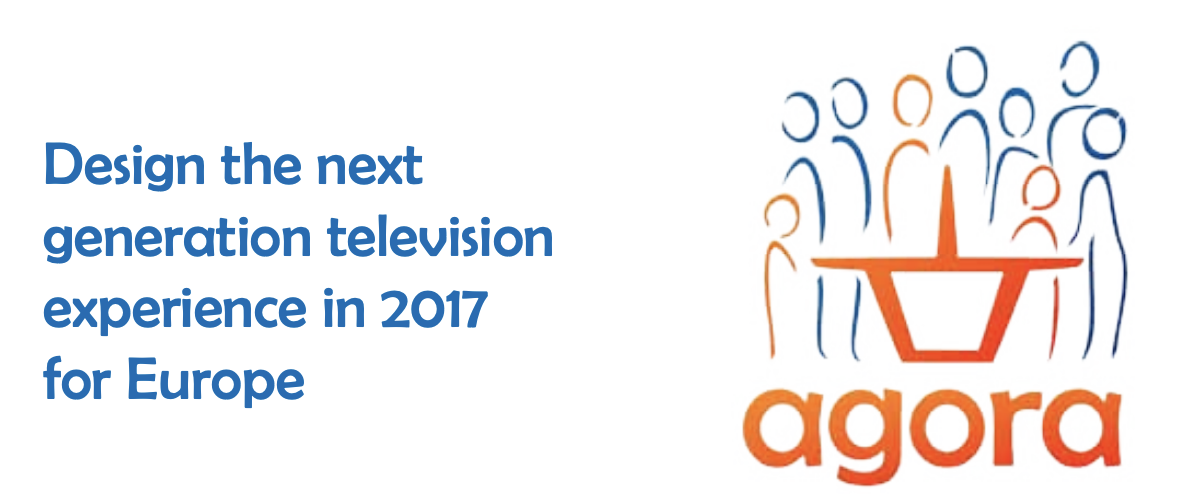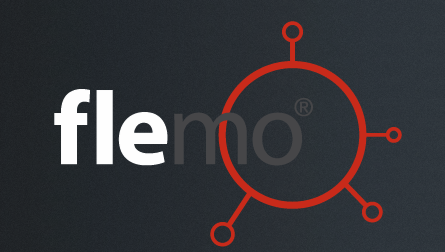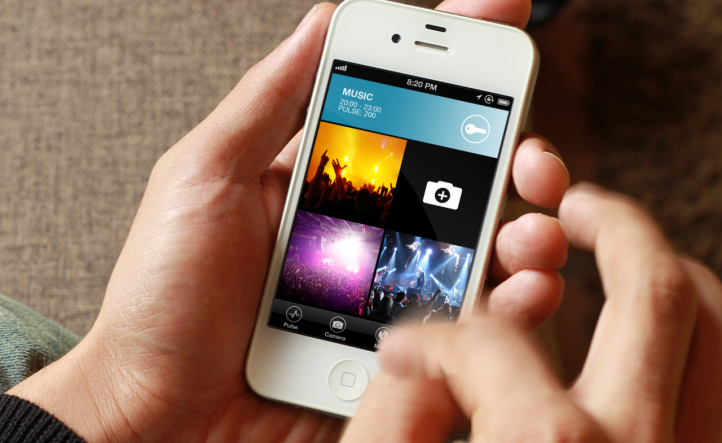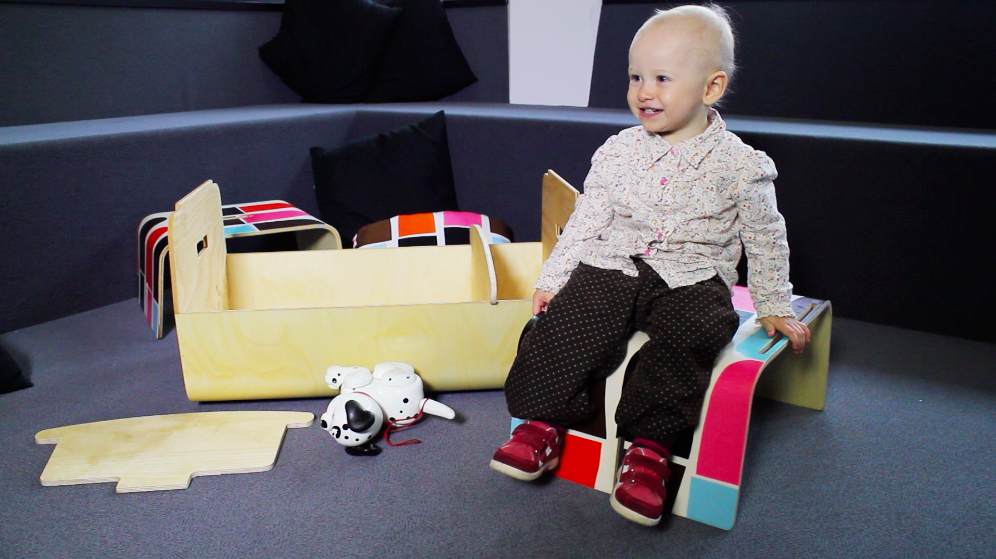Pulse
Rovio Entertainment
An Engaging and Productive Way to Advertise in Digital Entertainment.
Users and brands are brought together through an application by creating, organizing and sponsoring events.
2011/!2
Challenge
It is often said in business circles that half of advertising is completely useless – we just don’t know which half. Many companies spend on advertising because they feel they have to, but do not often know whether their efforts are working or not. And with degrees of trust in advertisers as low as 25% in Europe, it is safe to say that most are not doing very well. New technologies and platforms appear at an ever-increasing pace, but surprisingly little has changed in this respect - Bill- boards, TV, print and radio are now accompanied by banner-ads and pop-ups, but the fact remains, they are being mostly ignored and largely mistrusted.
The lack of attention consumers pay to advertising has presented itself as a challenge to corporations for decades. Interested in finding if there were any possible solutions to this ever present issue, Rovio Entertainment challenged the student team to design a new advertising format for digital entertainment that was organic, seamless, and engaging to the consumer.
After doing research on potential consumers, the student team came to the conclusion that storytelling was a powerful way to get any message across. Using this abstract realization, the team commenced rapid prototyping on advertising with a focus on stories, whether it be stories of consumers, corporations, collaborators, or sponsors. All of this prototyping culminated in the teams final solution: Pulse.
-2688x1792.JPG)
Solution
Pulse is a system for collaboratively creating, experiencing and capturing events; a tool for matching people and brands in a way that is unique every time. It is a mobile and browser application that makes it possible for any group of people to create an event simply by taking a picture. And not just any event, but a Pulse-Event. These events capture all the pictures taken at them in real-time, and show up on a “Heat Map” to attract other event-goers. And what’s more, each event has a sponsor – a brand that helps users in enjoying their event experiences with something called Smart Content. In this way, brands become a chosen part of our experiences not by interrupting them, but by actually improving them. For brands, it is a completely new kind of tool for brand- building and advertising. For Rovio, it fits naturally in their vision of being a powerful media channel, and a provider of entertainment in all its forms.
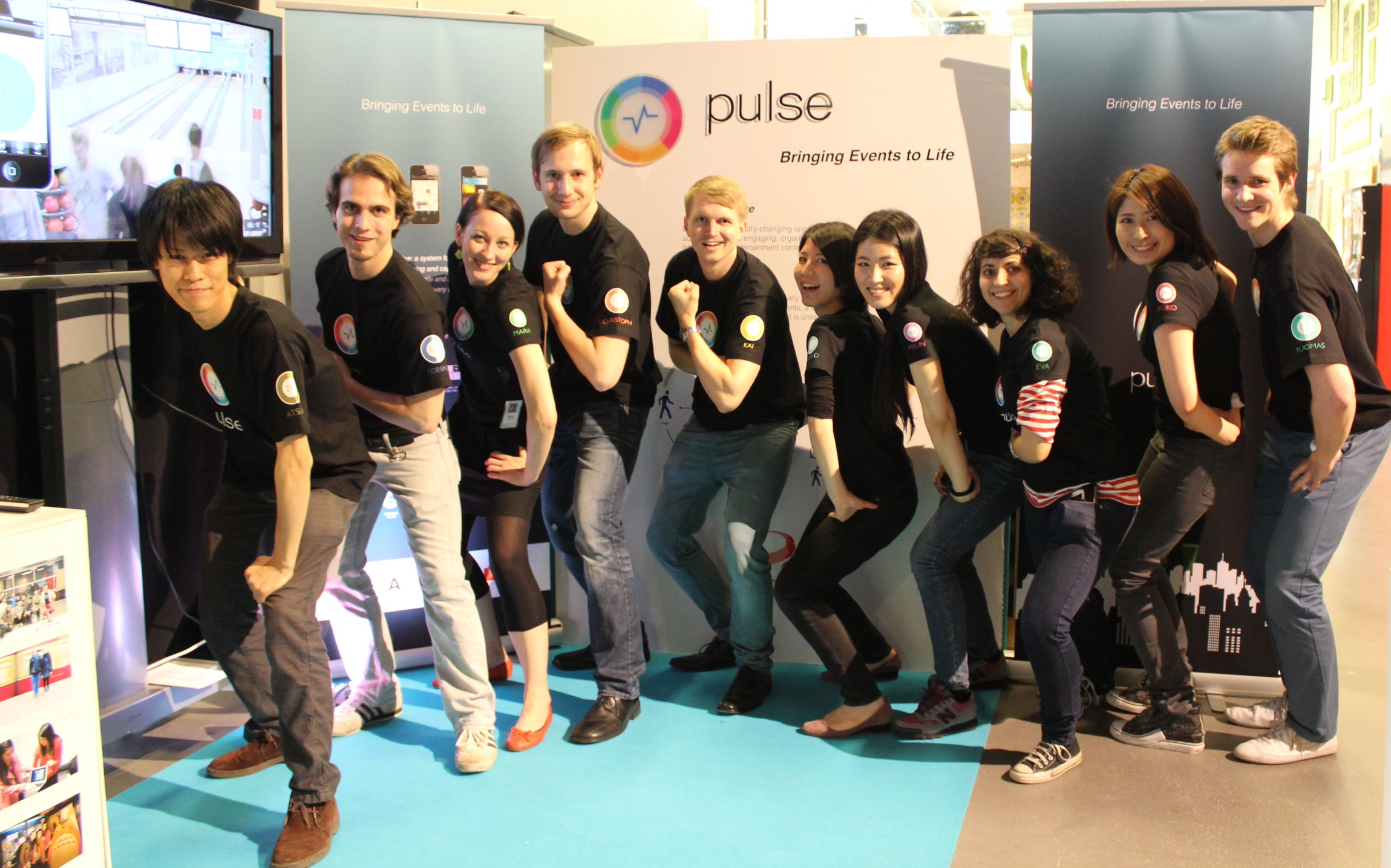
Impact
Spontaneous Events are initiated once three or more people take a picture and choose a sponsor in the same area. Organised events are initiated by brands - they show up once a brand organises or sponsors an event, and creates smart content that can be utilized by users during their participation of the event. Through connectivity and the sharing of stories, Pulse bridges the gap between user and brand, allowing for both sides to gain from a fun and engaging time.
*The Journey:*
Ten students from three countries were given a less-than simple task by Finnish mobile gaming and entertainment company Rovio: “Revolutionize online advertising". A decisive direction towards an end result was yet to be found, but four potential key factors for the solution’s success were identified:
Tangible Experience
Trust
Social Interaction
Push vs Pull.
The winter quarter started out with exploring these directions, and the three country teams diverged into separate focus areas. These deep dives resulted in radically different “Dark Horse” prototypes that examined channeling consumer experiences, augmented reality and unconventional advertising methods. Testing concluded that each of these prototypes had its merits, but ultimately, the use of consumer experiences proved the most interesting of all. A total of six prototypes were then constructed and tested, which looked at how the communication link between company and consumer could be improved. The whole team then
met in Japan and established a vision for the final prototype: harnessing people’s actual experiences as the most authentic and impactful kind of advertising.
The spring term was all about making this vision a reality. This was no easy task, since using user-generated content for the mutual benefit of people and brands can be seen as one of marketing’s Holy Grails; many have tried and failed to achieve it. The students benchmarked relevant success and failure cases, analyzed the foundations of storytelling and came up first with over 30 concepts. They chose six of the most potential to develop and prototype further. The final choice of the exact concept was perhaps the most challenging of the whole year, as all six had merit and potential. However, after considerable evaluating and analysis they agreed on it: a concept that would some weeks later be named Pulse.
![]()

|

|
![...]()
|

|

|

|
![...]()
|

|
![...]()
|

|
Christoph Müller
IT-Systems Engineering
Hasso Plattner Institute
|
Kai Rollmann
IT-Systems Engineering
Hasso Plattner Institute
|
Tobias Mohr
IT-Systems Engineering
Hasso Plattner Institute
|
Tuomas Silverang
Business Administration, Marketing
Aalto University
|
Maria Solovjew
Industrial and Strategic Design
Aalto University
|
Eva Rio
Service Design & Engineering
Aalto University
|
Atsuki Tachibana
Kyoto Institute of Technology
|
Yoko Komatsu
Kyoto Institute of Technology
|
Mariko Tobita
Industrial and Product Design
Kyoto Institute of Technology
|
Misun Kang
Product Design
Kyoto Institute of Technology
|
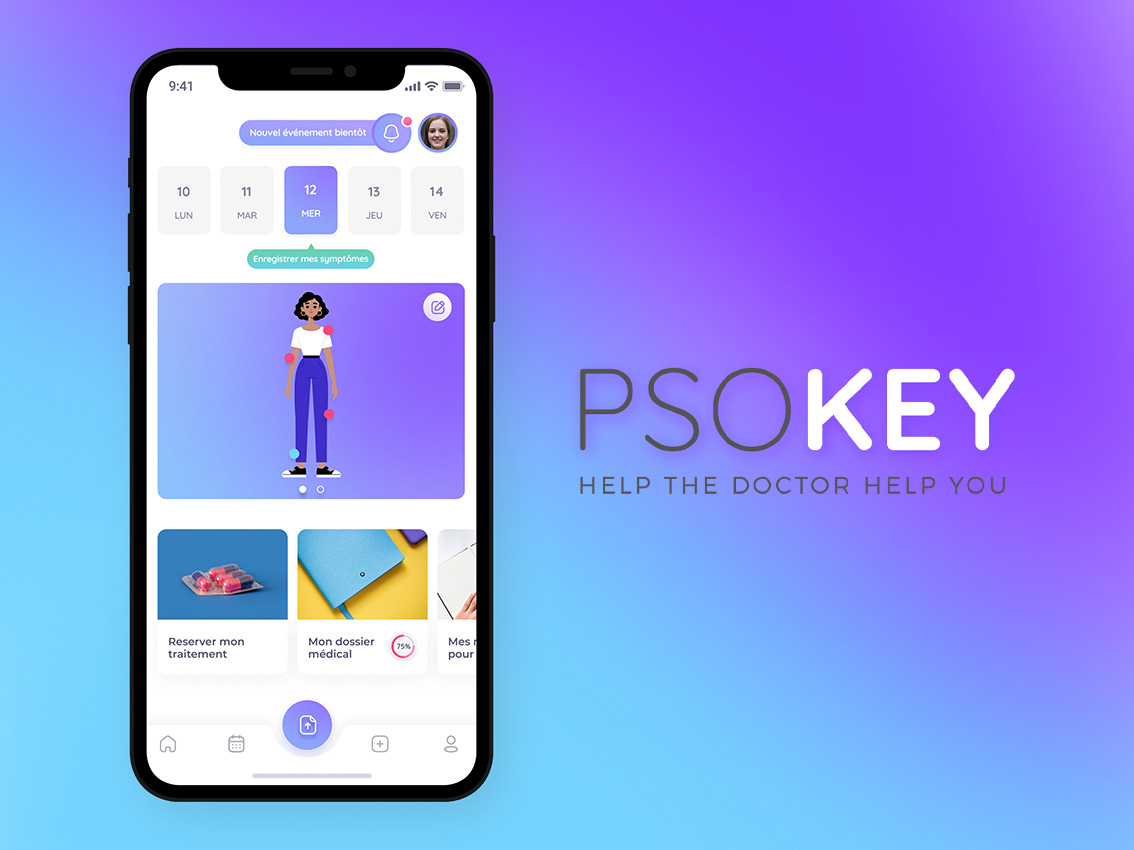

-3708x2782.jpg)
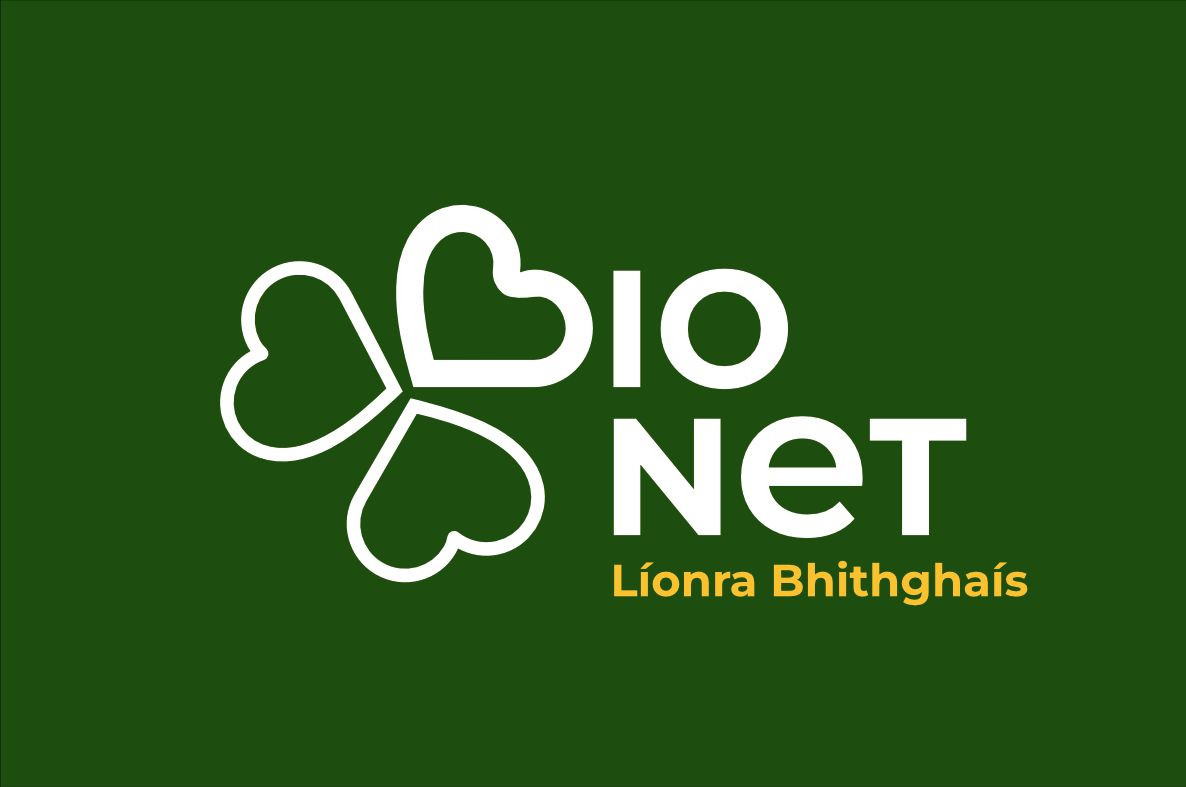
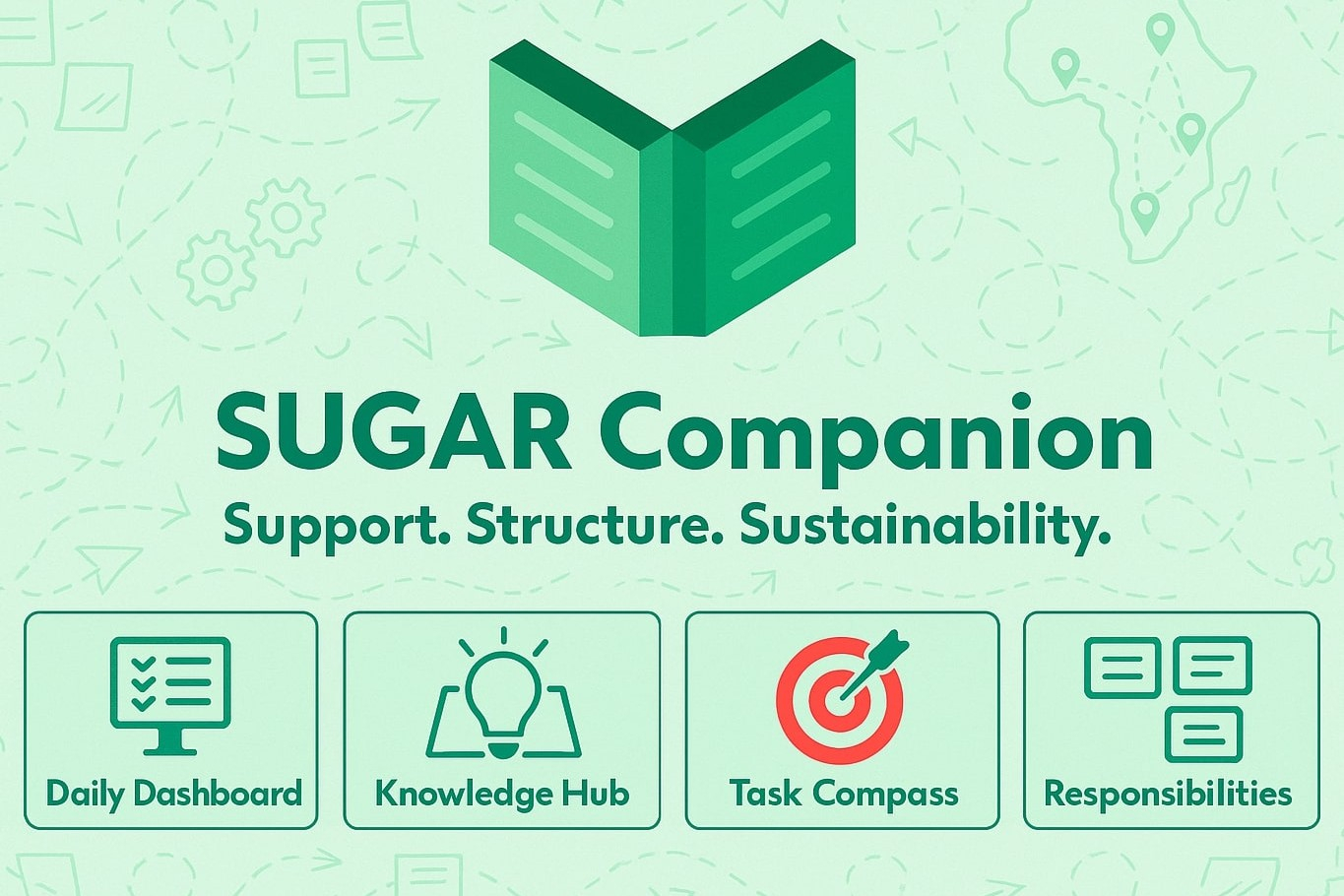
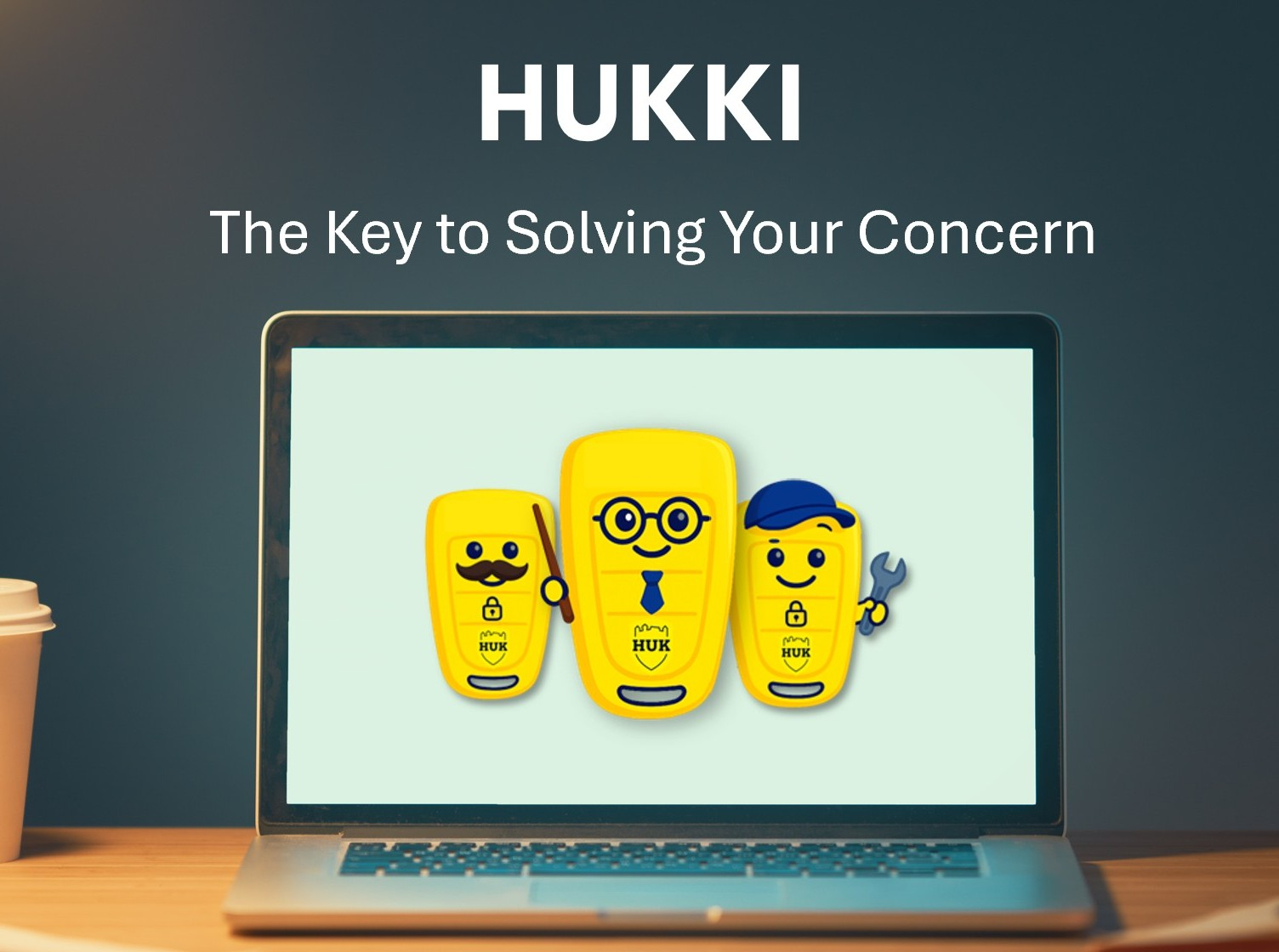
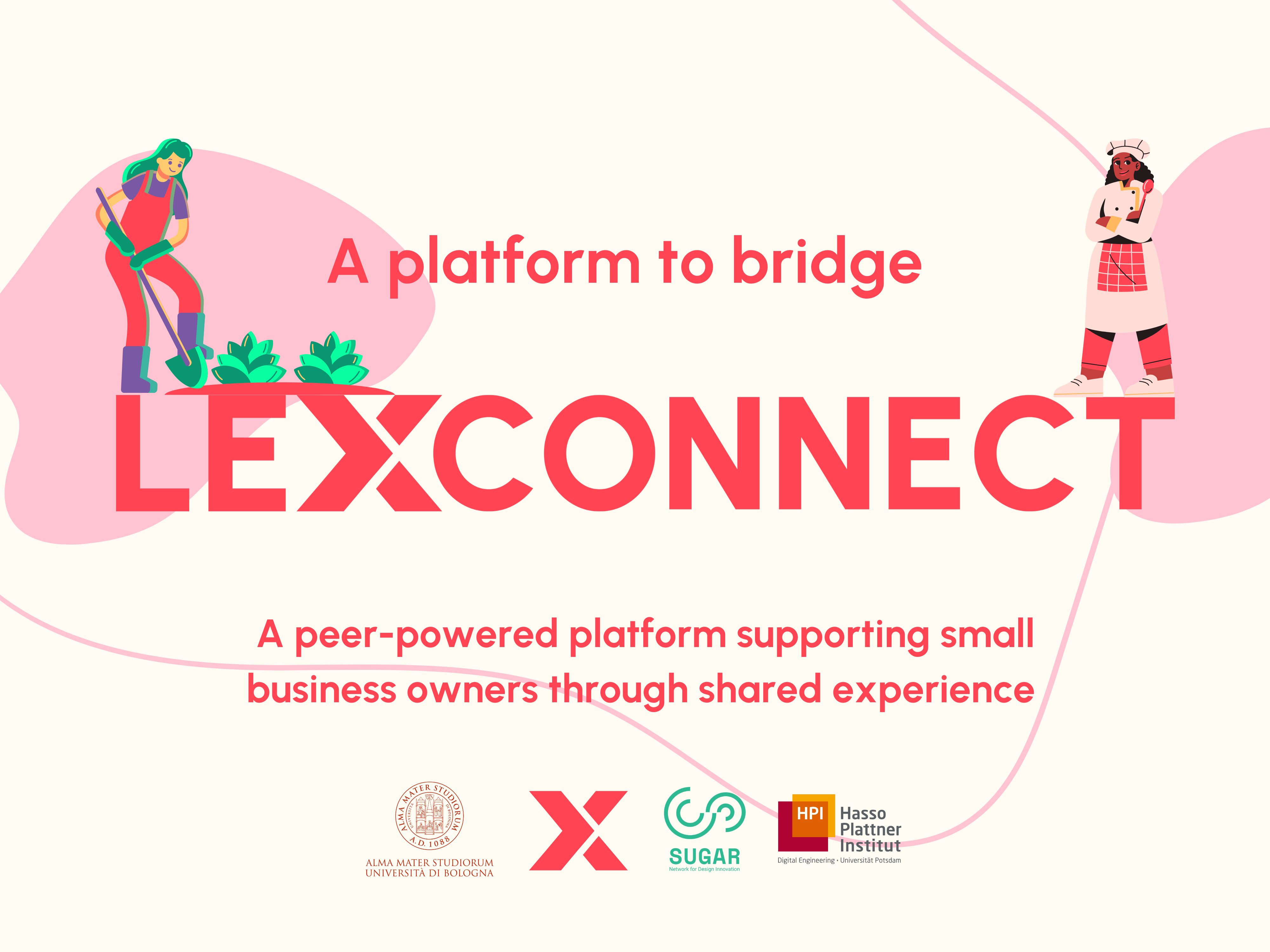
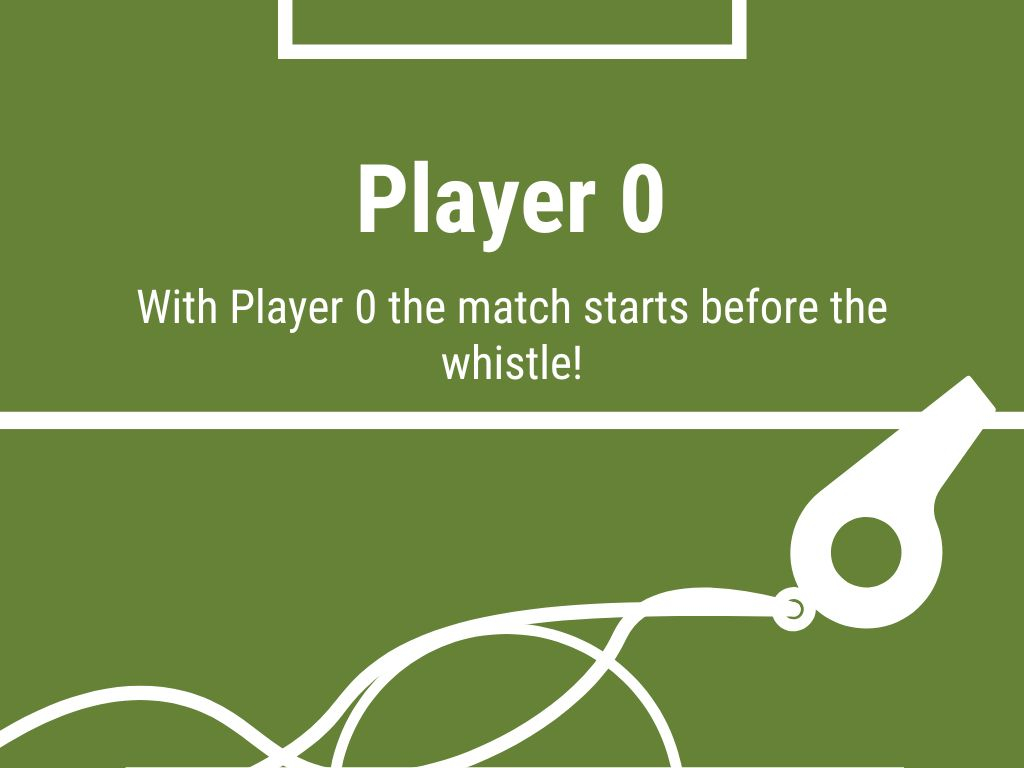
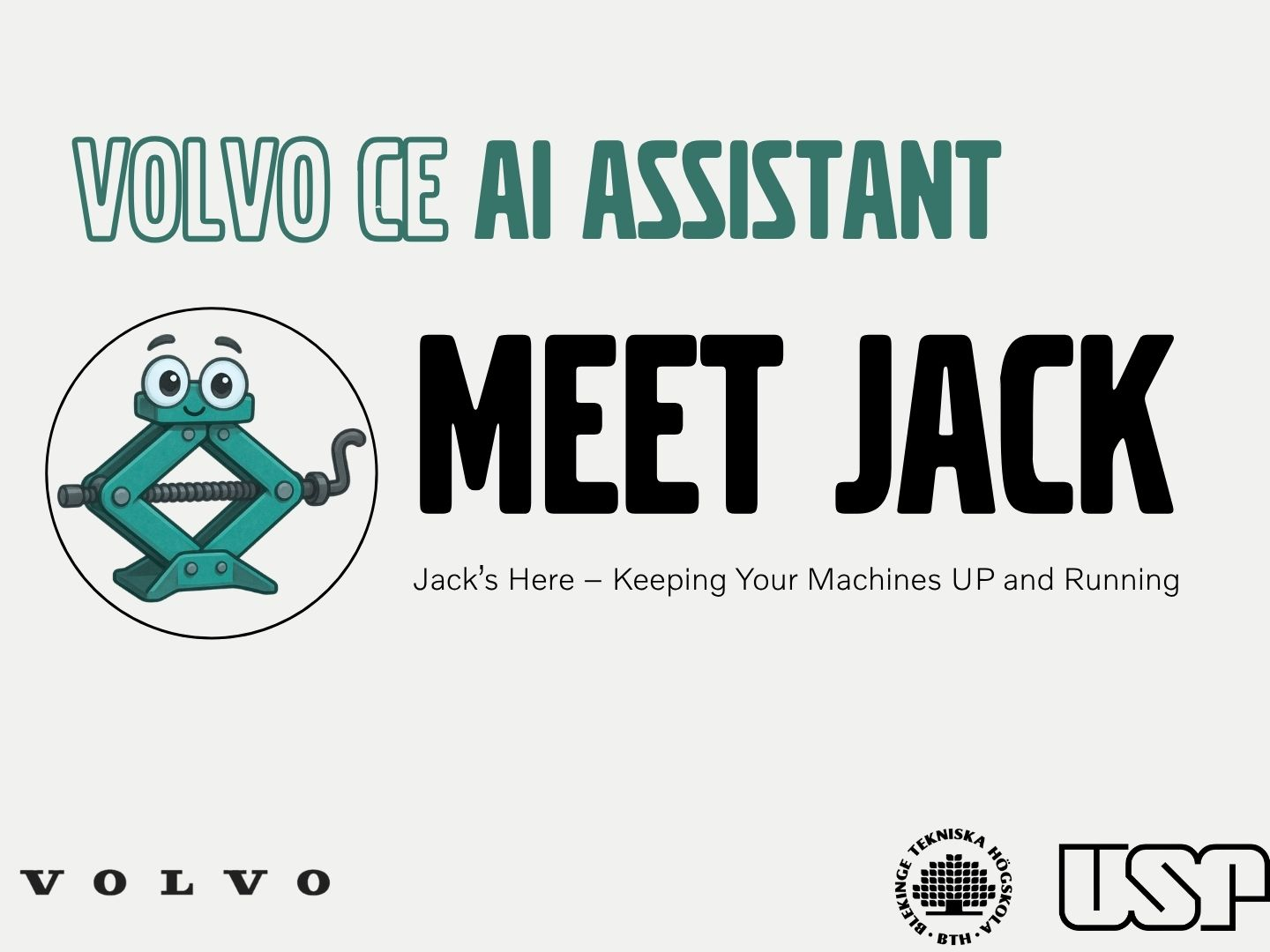
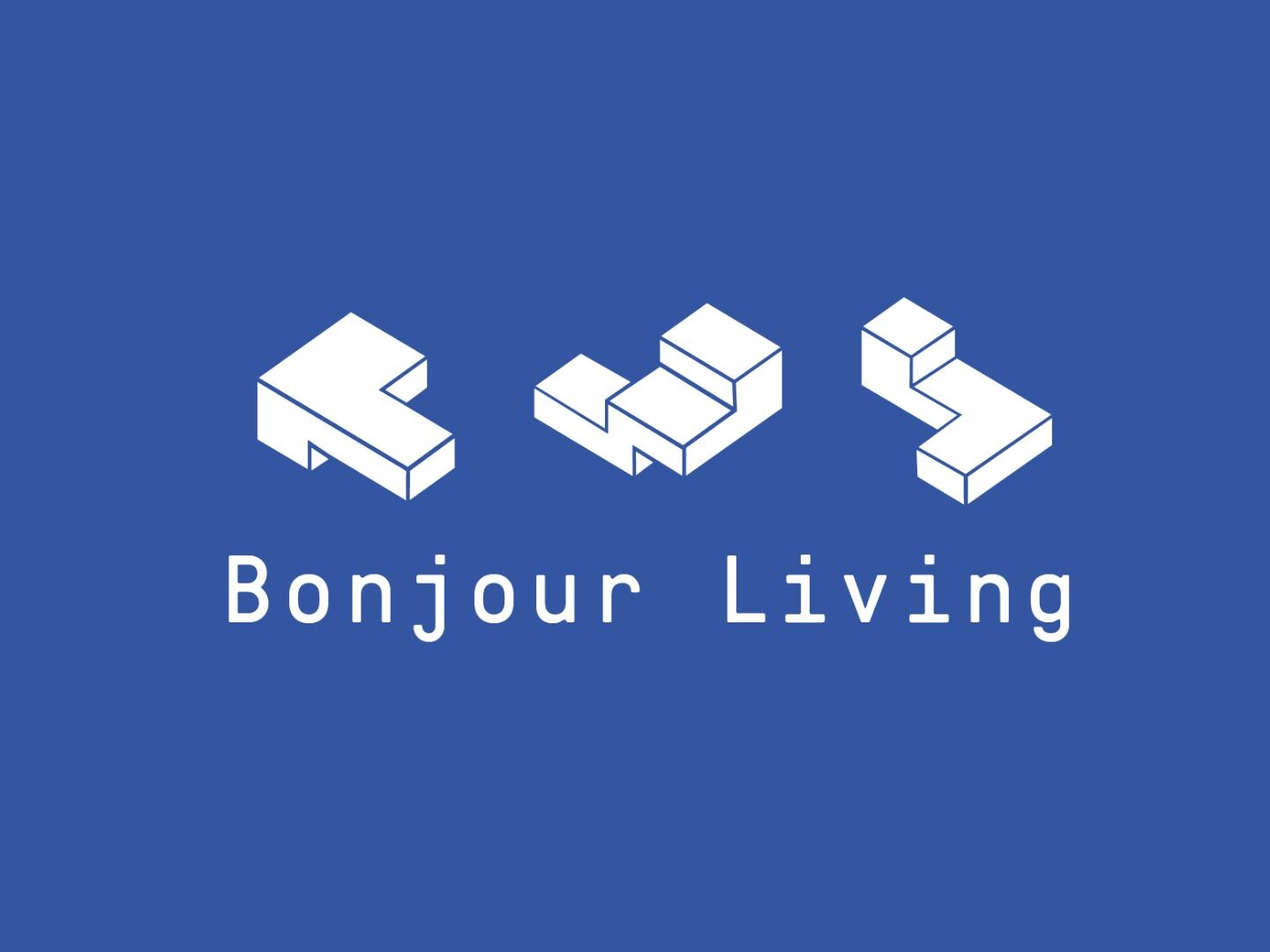
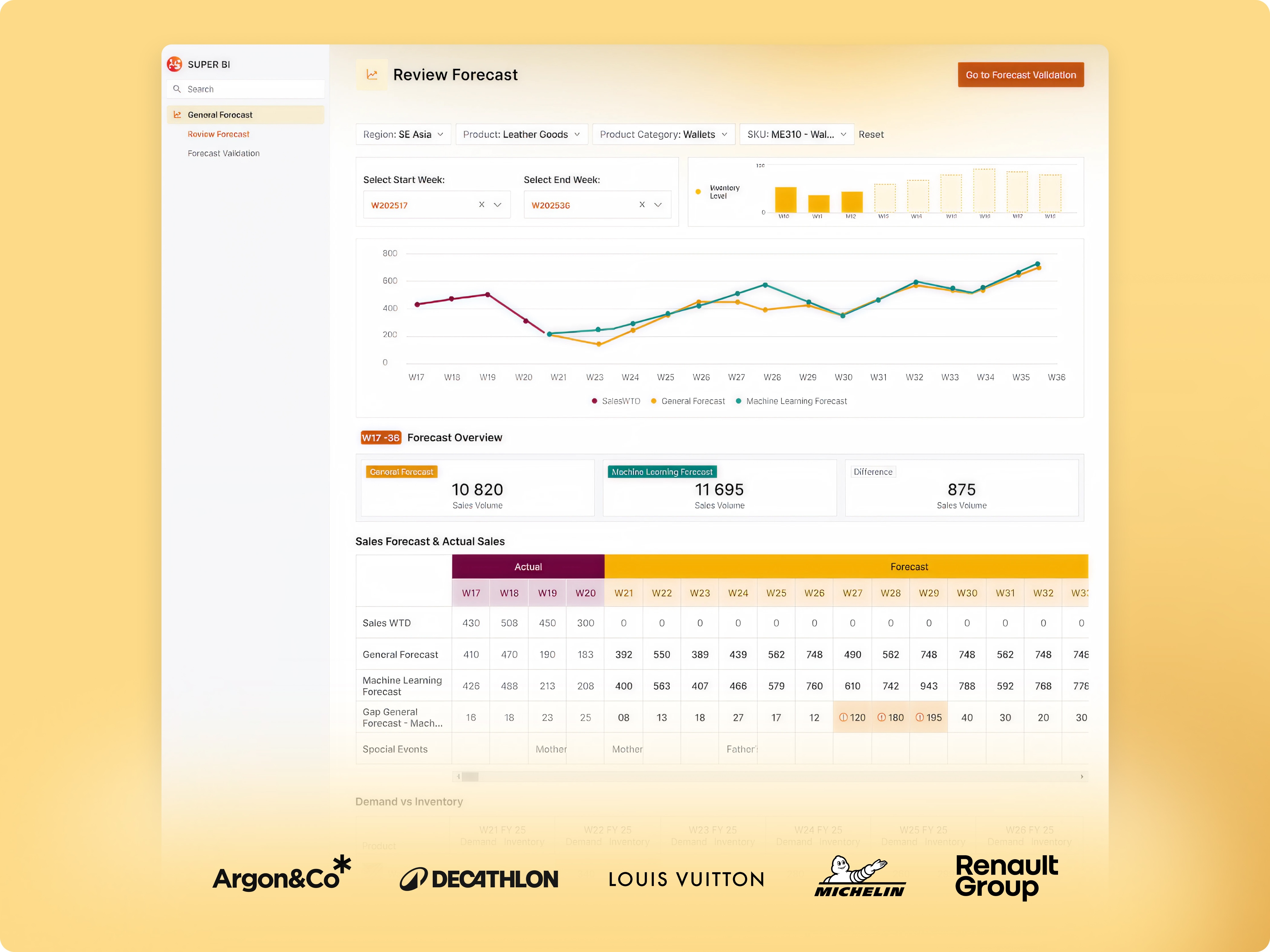
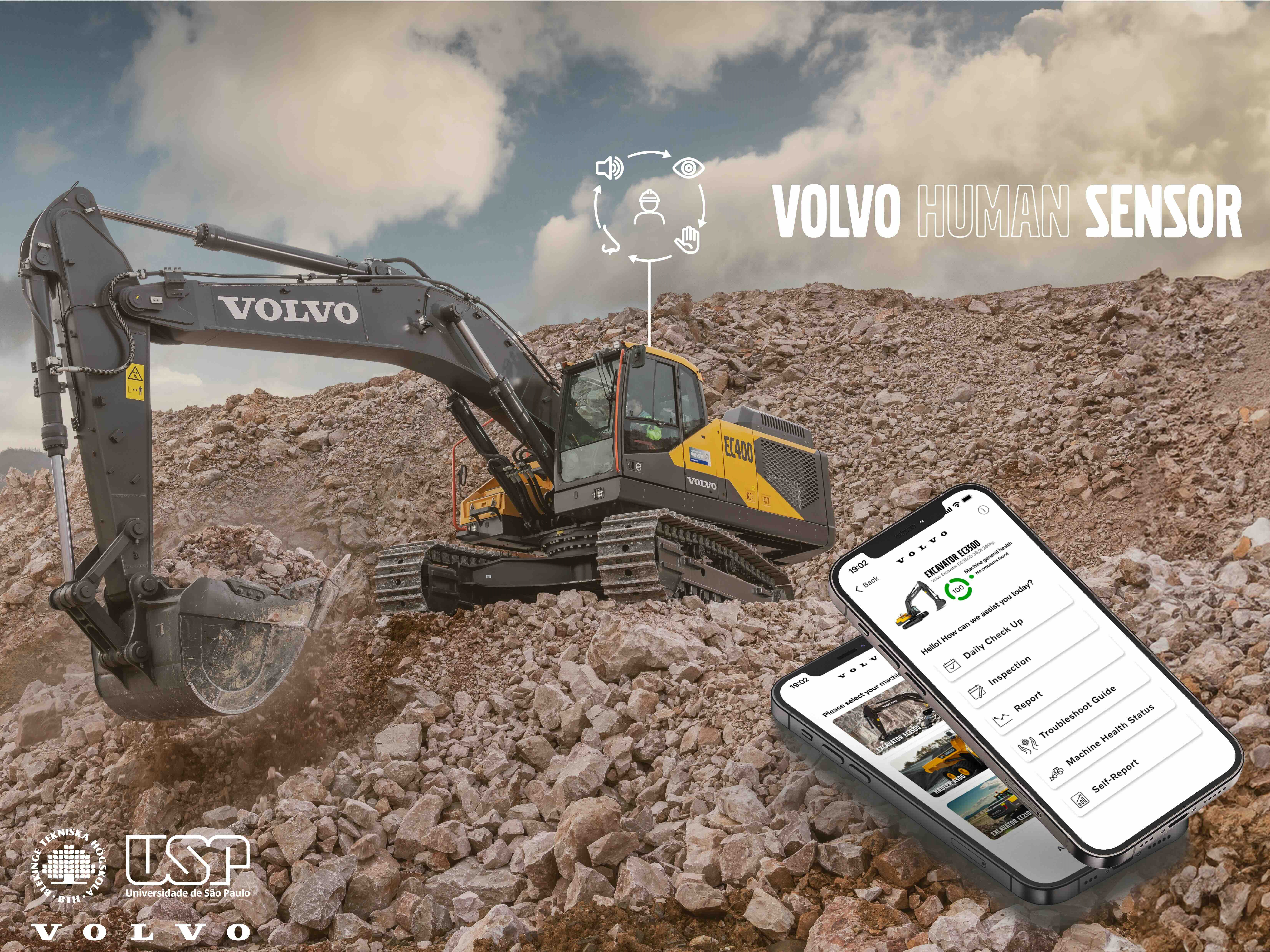
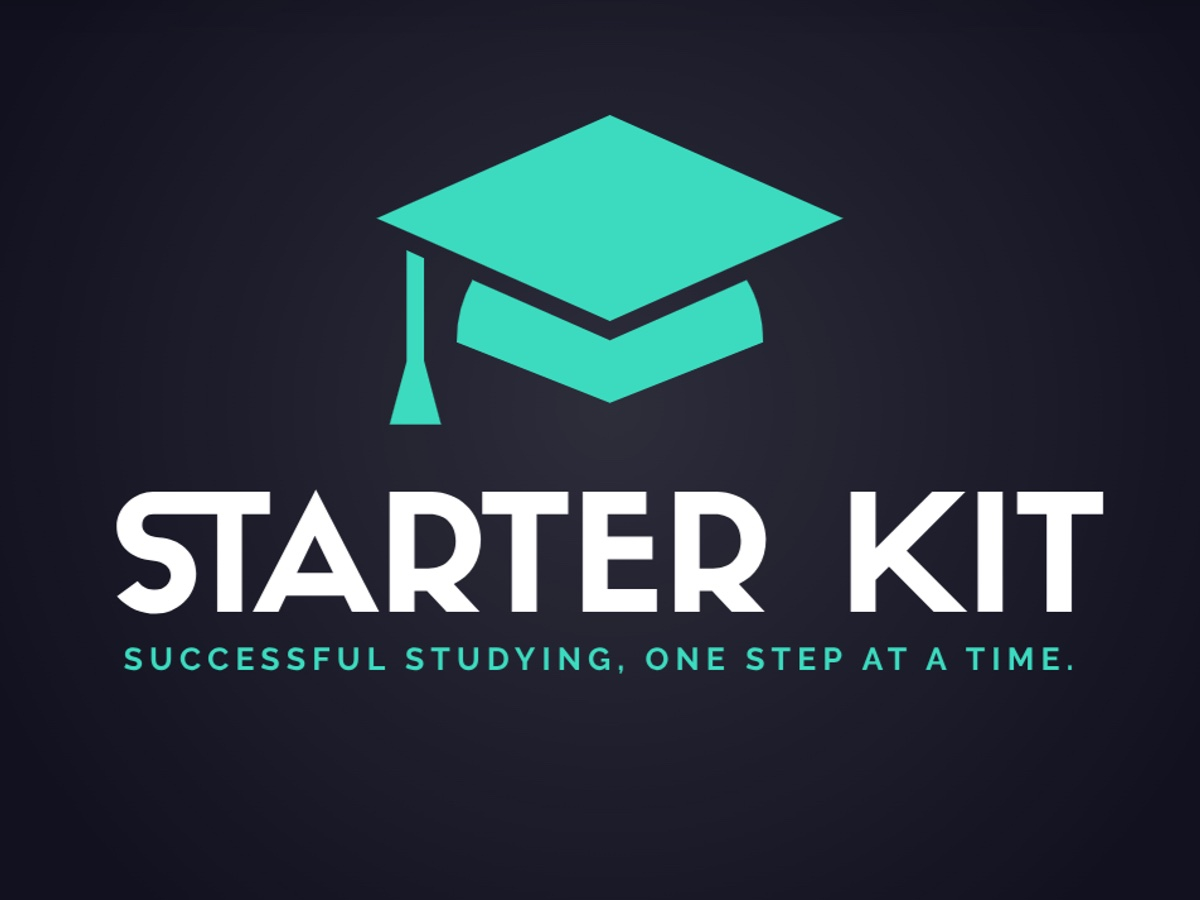
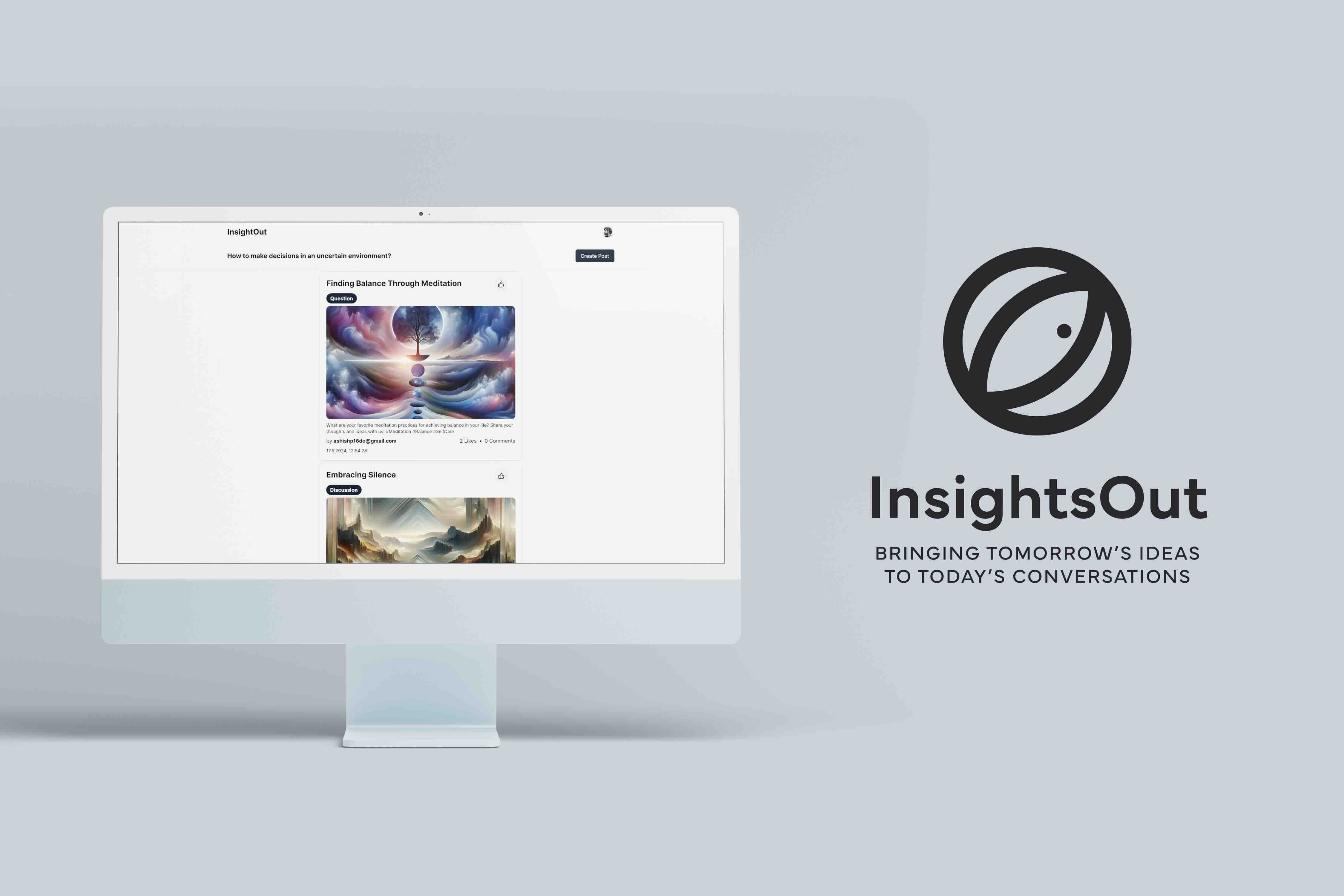


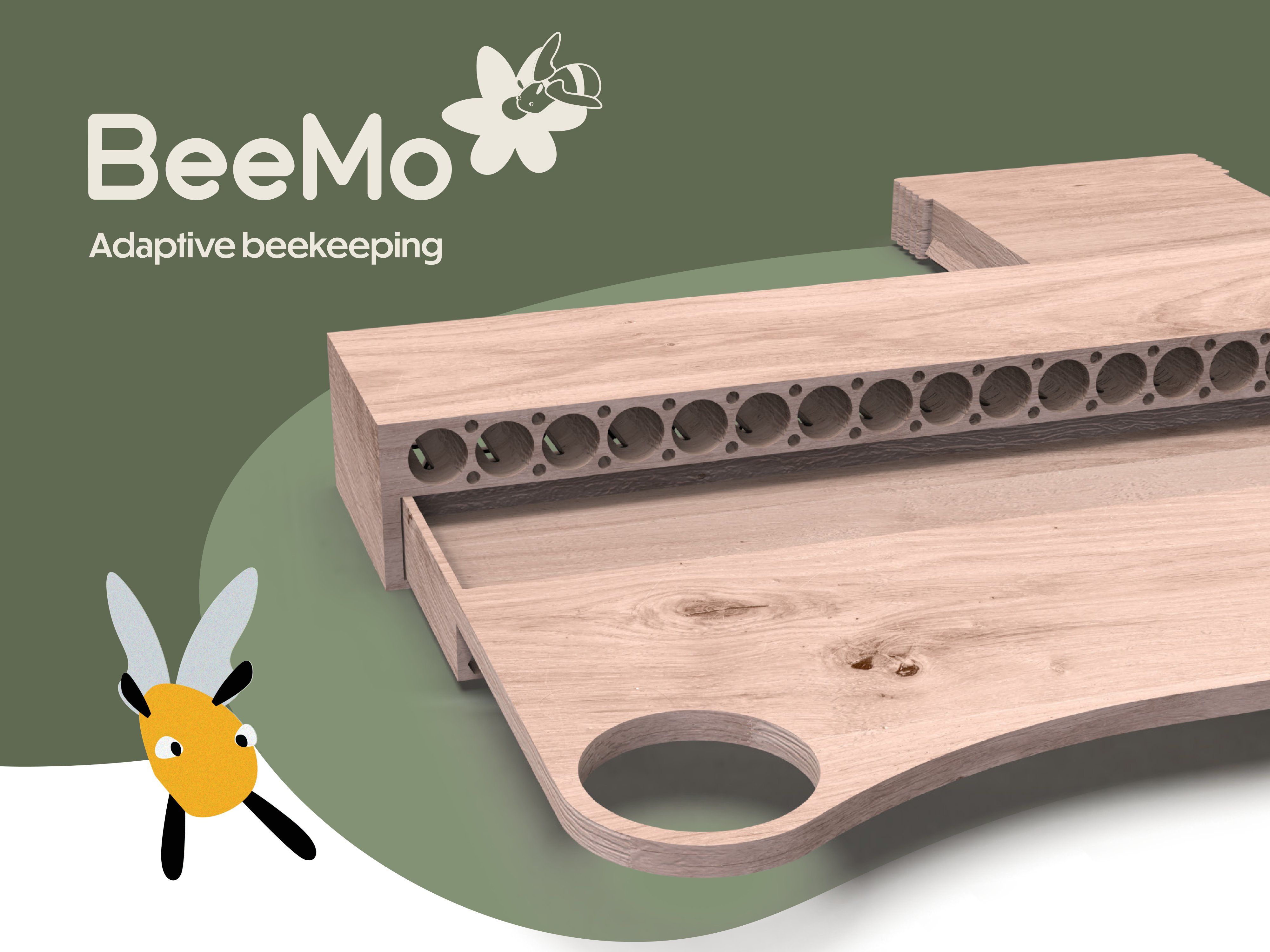
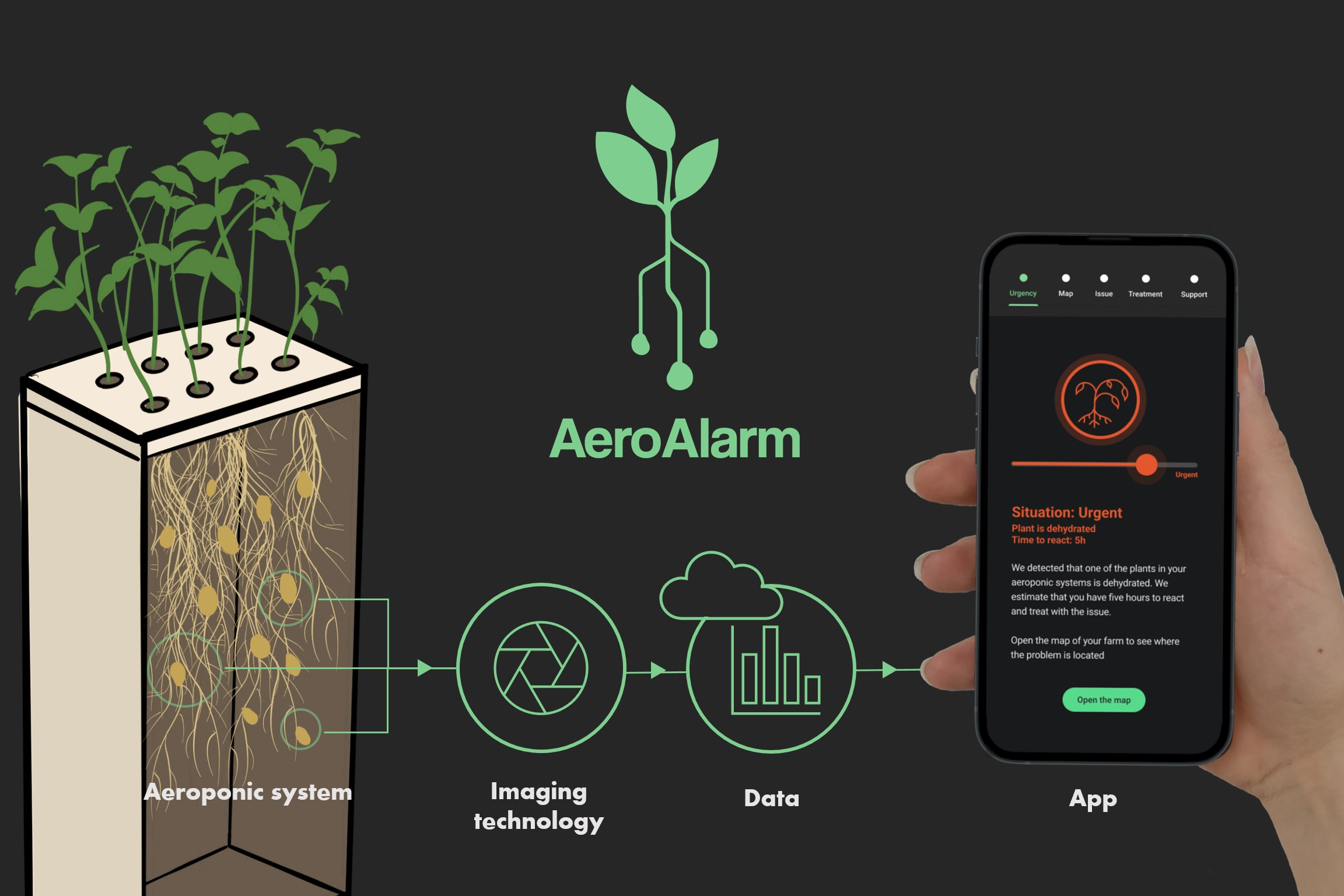
-700x467.jpg)
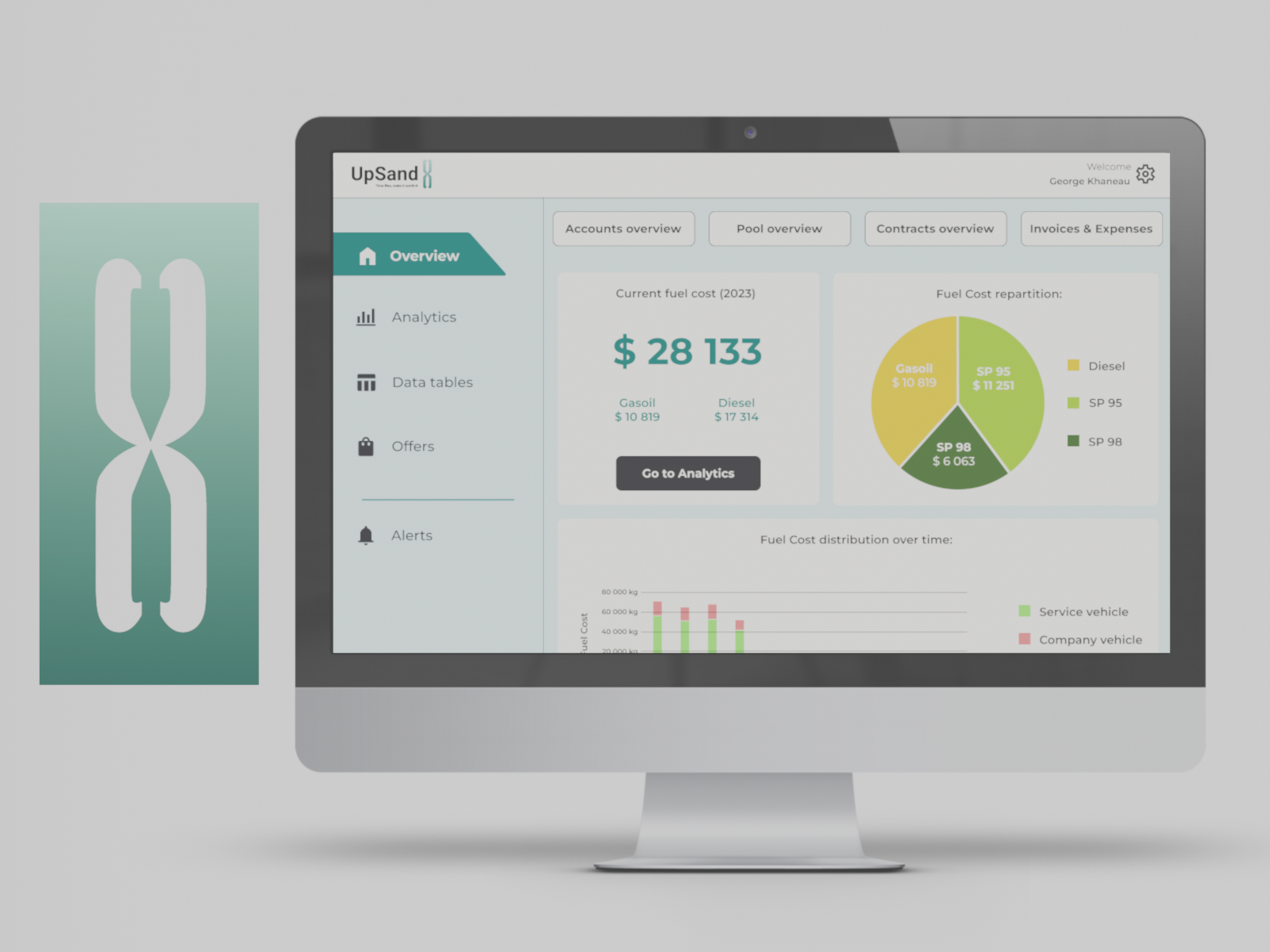
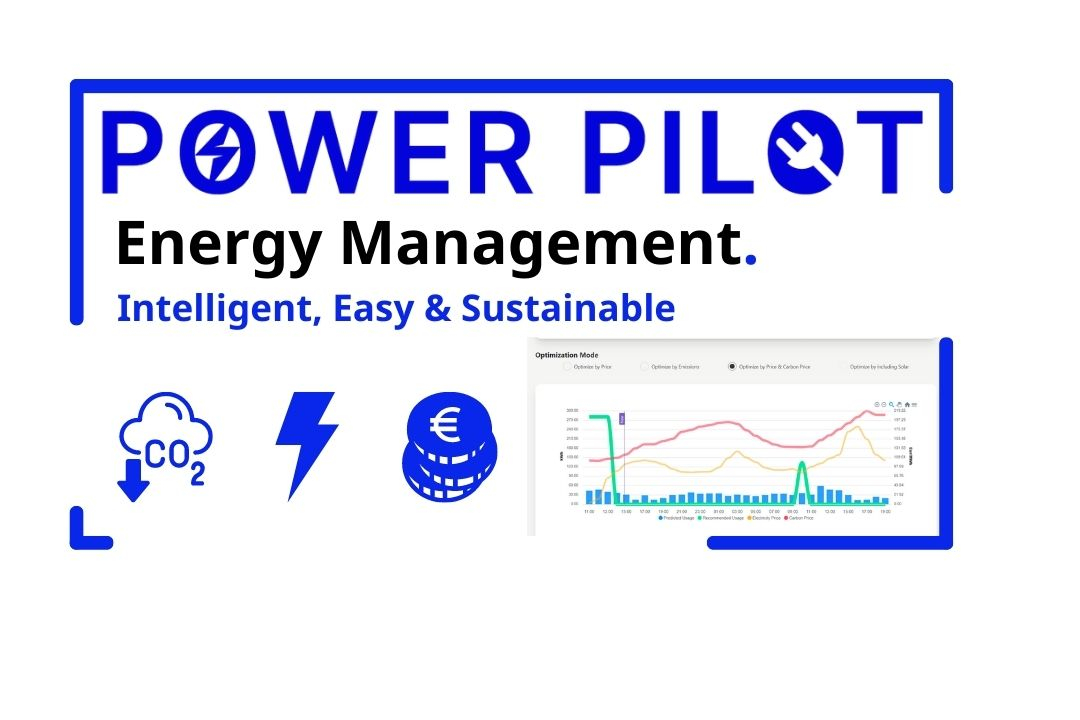
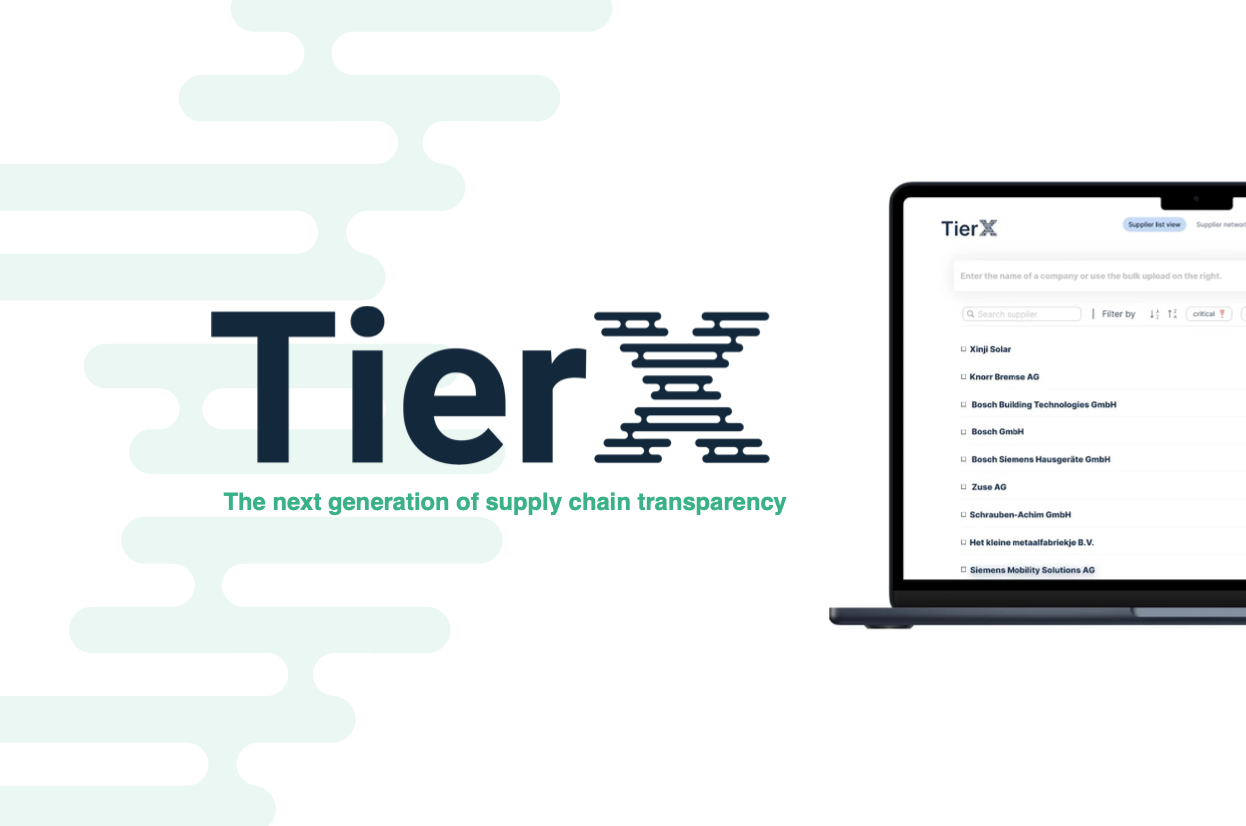
-2044x1534.jpg)
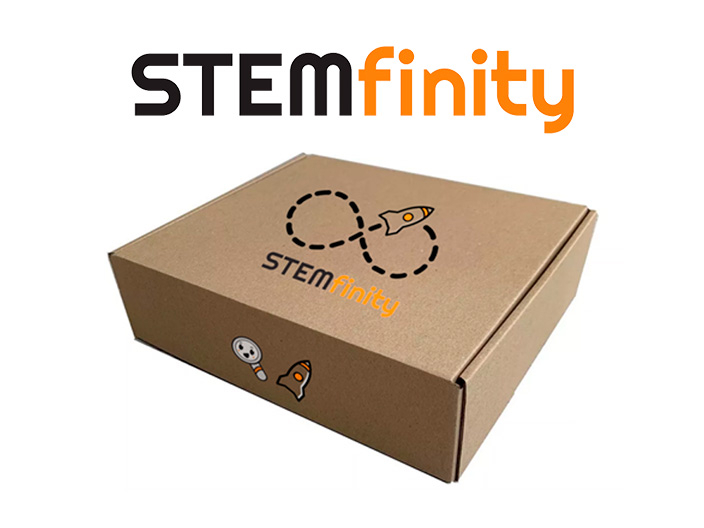

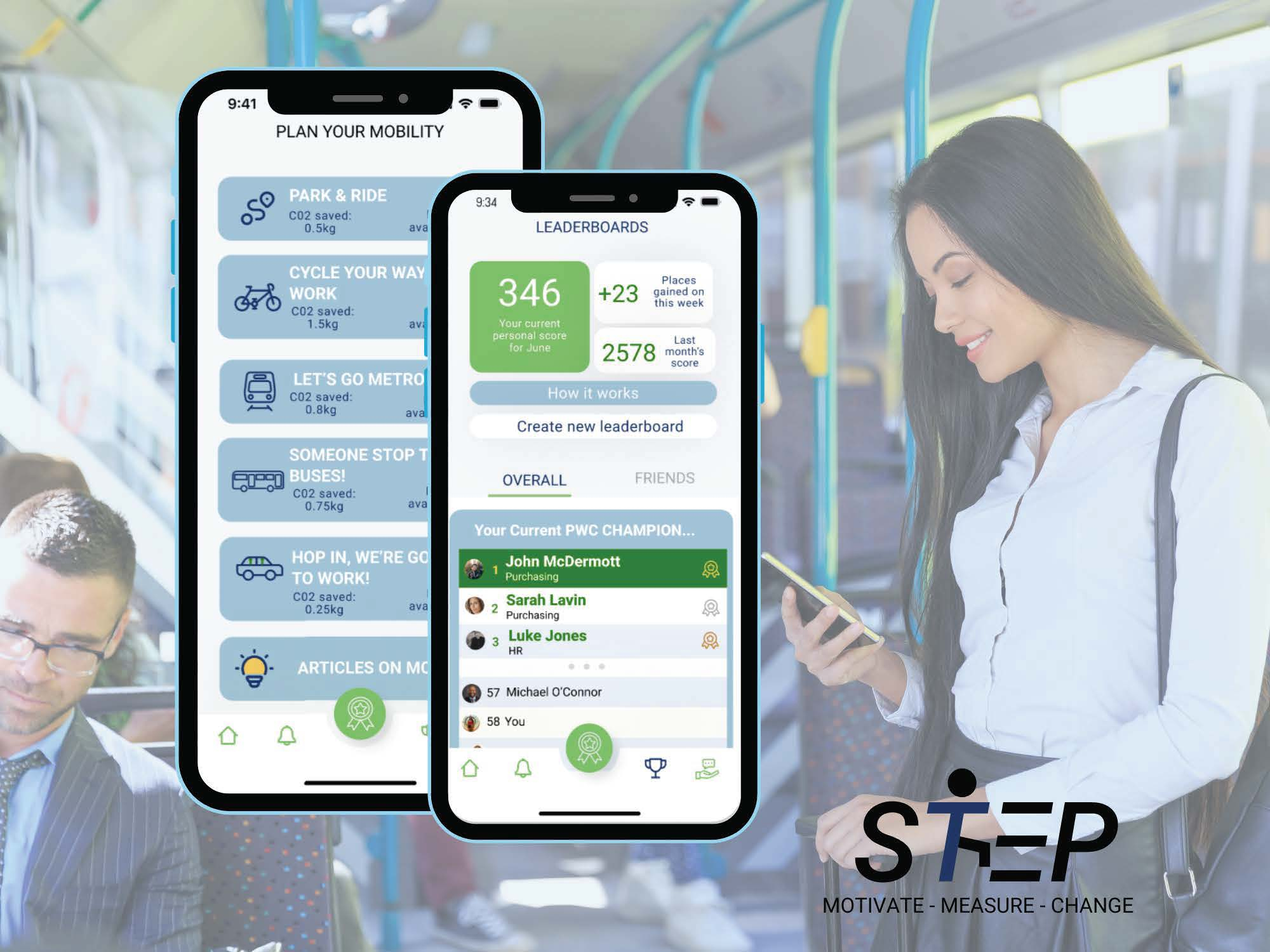
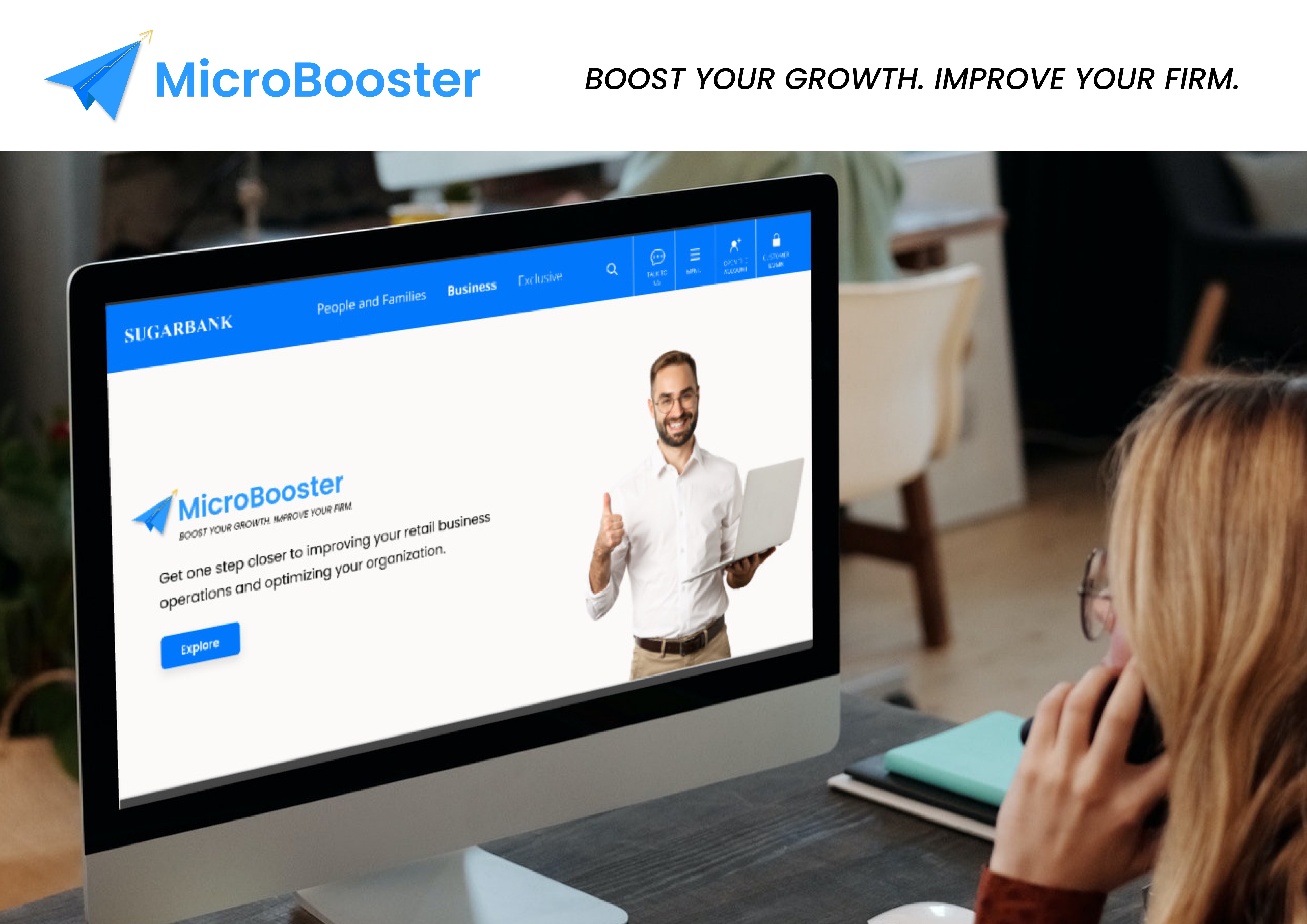
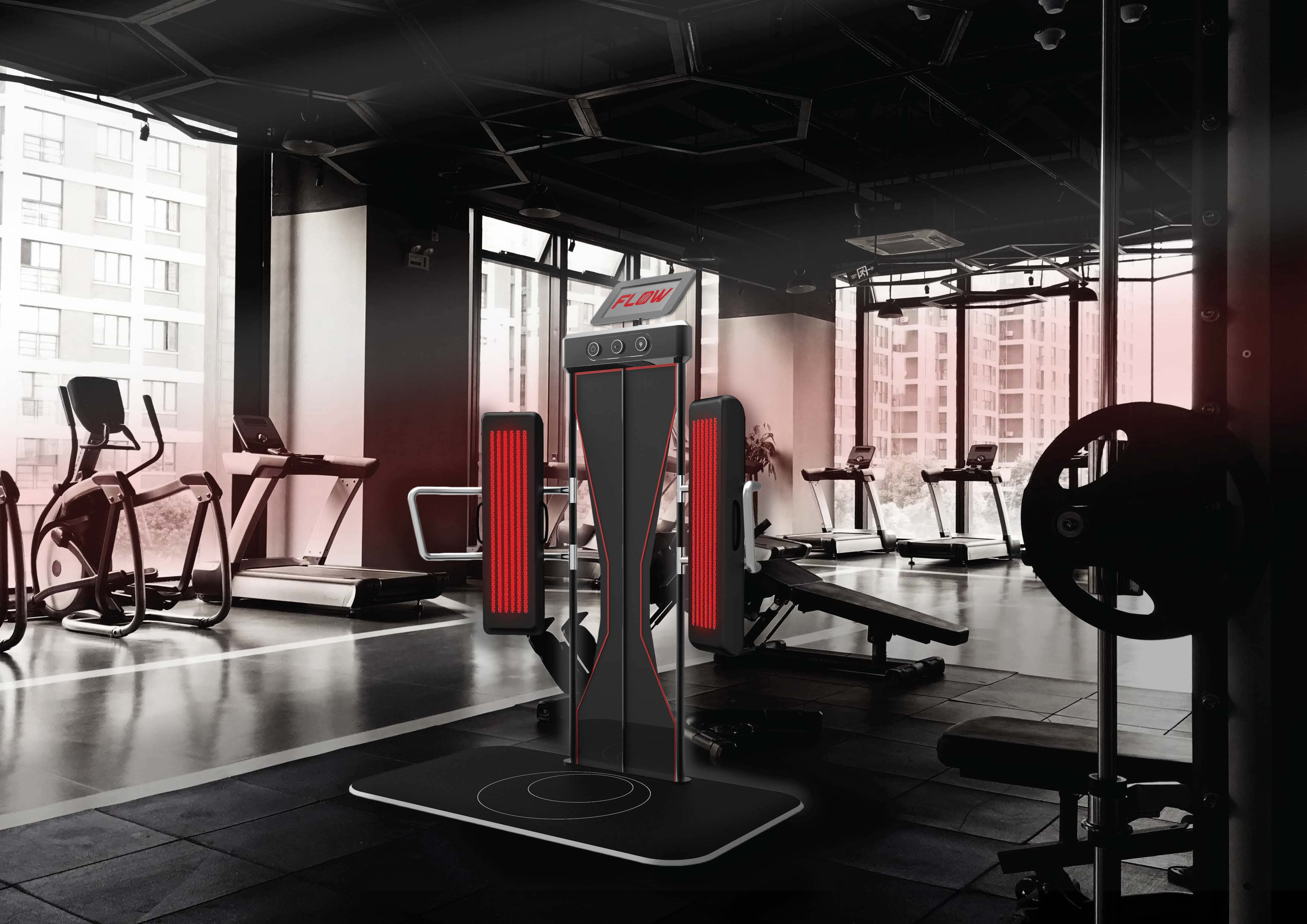
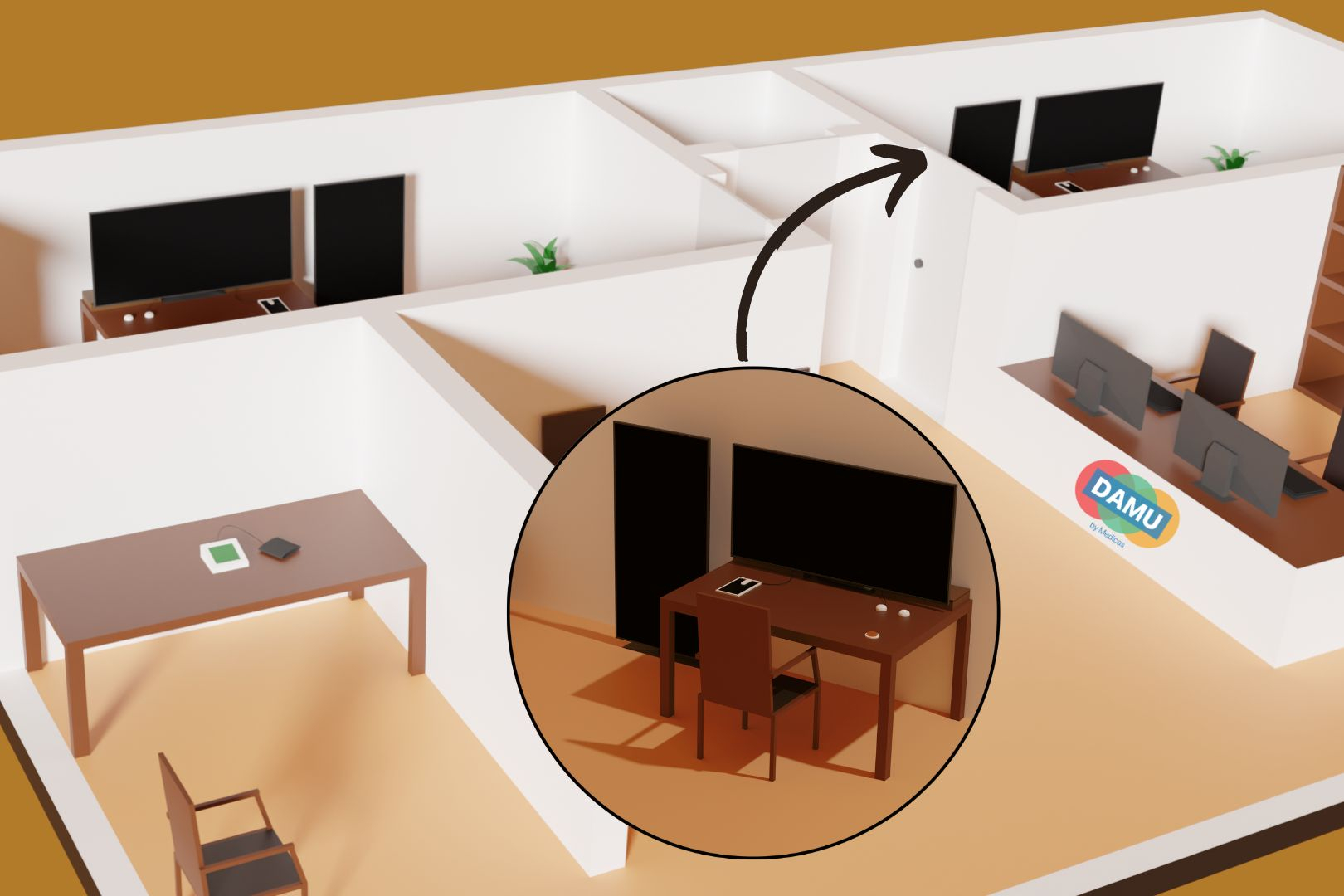
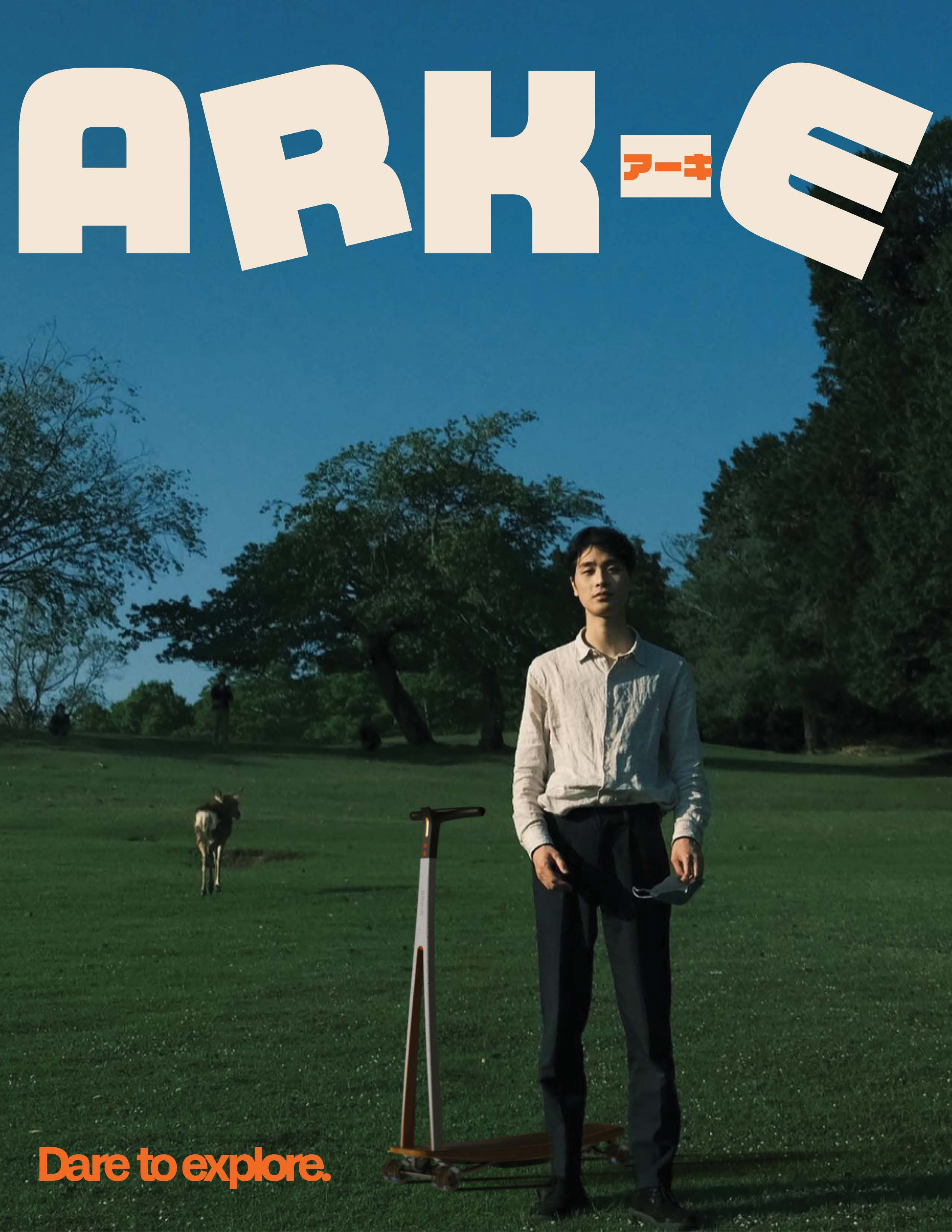
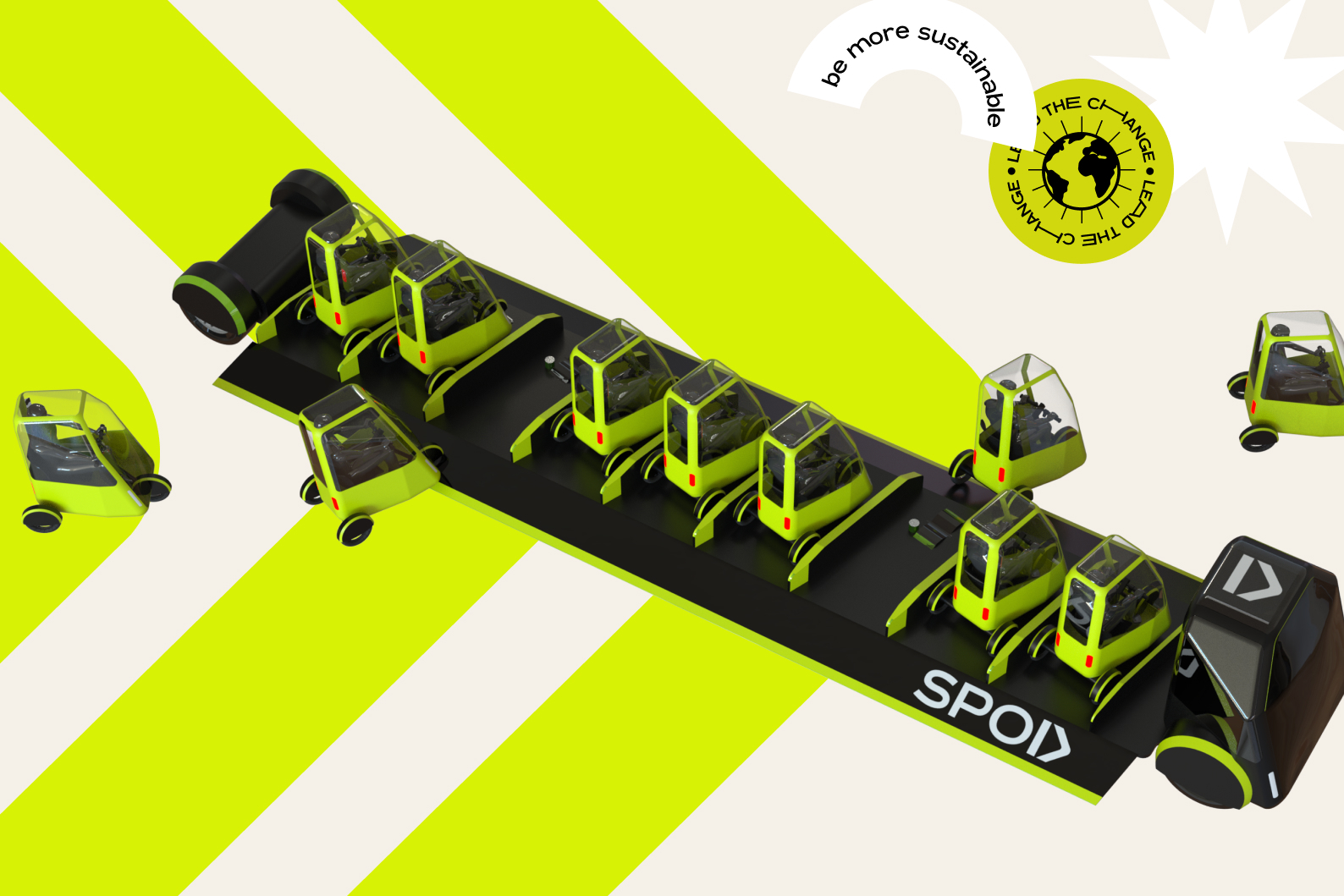
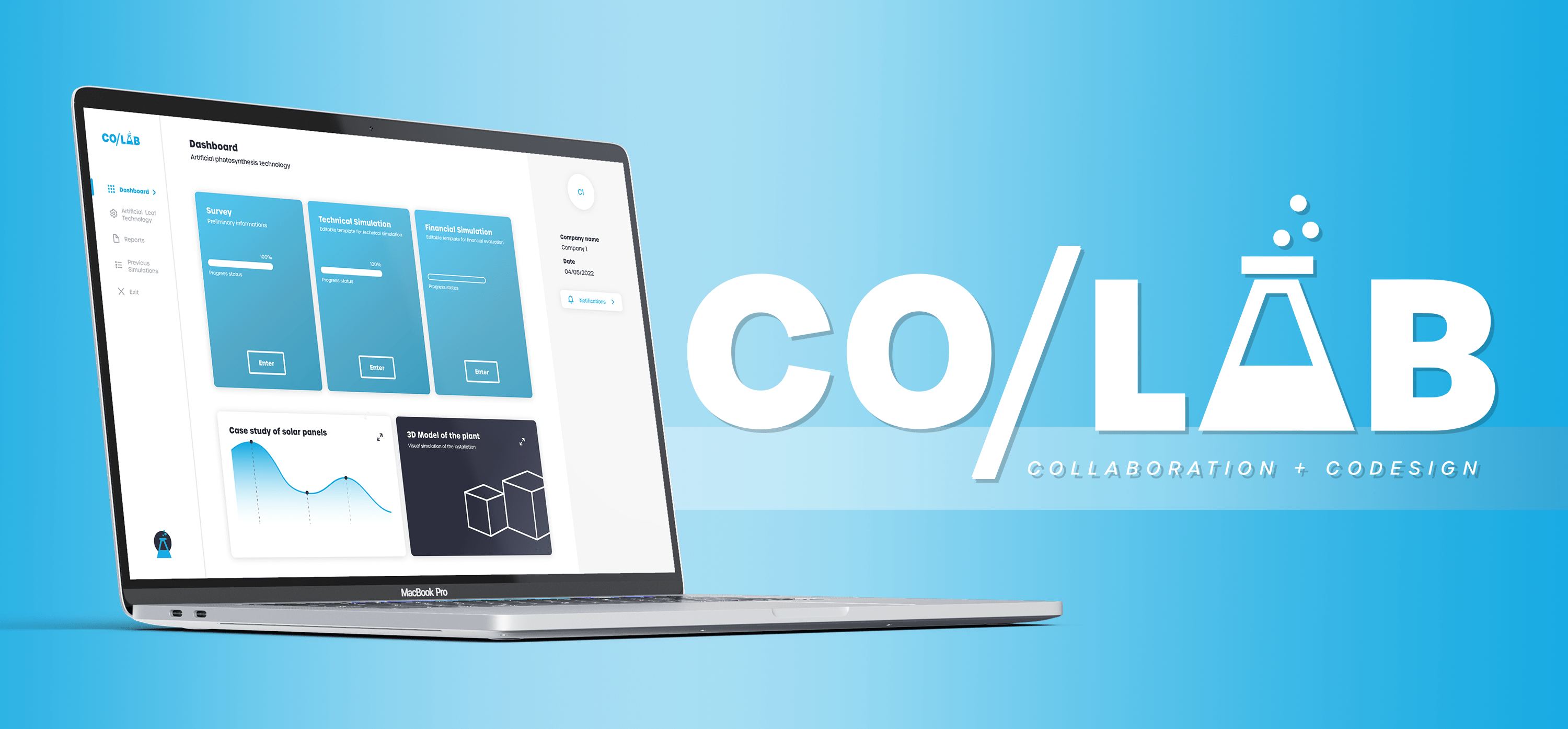
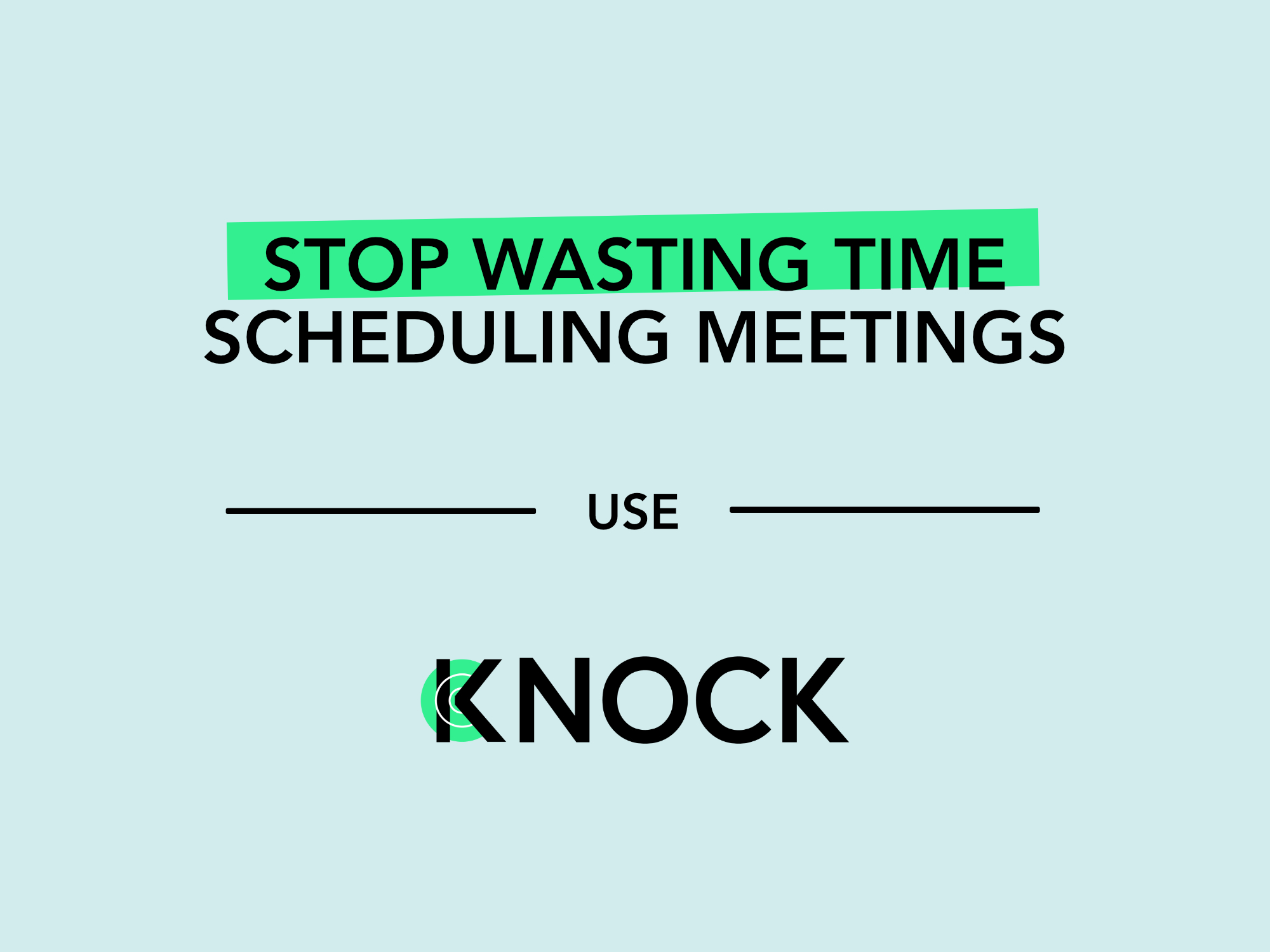
-3000x2000.jpg)
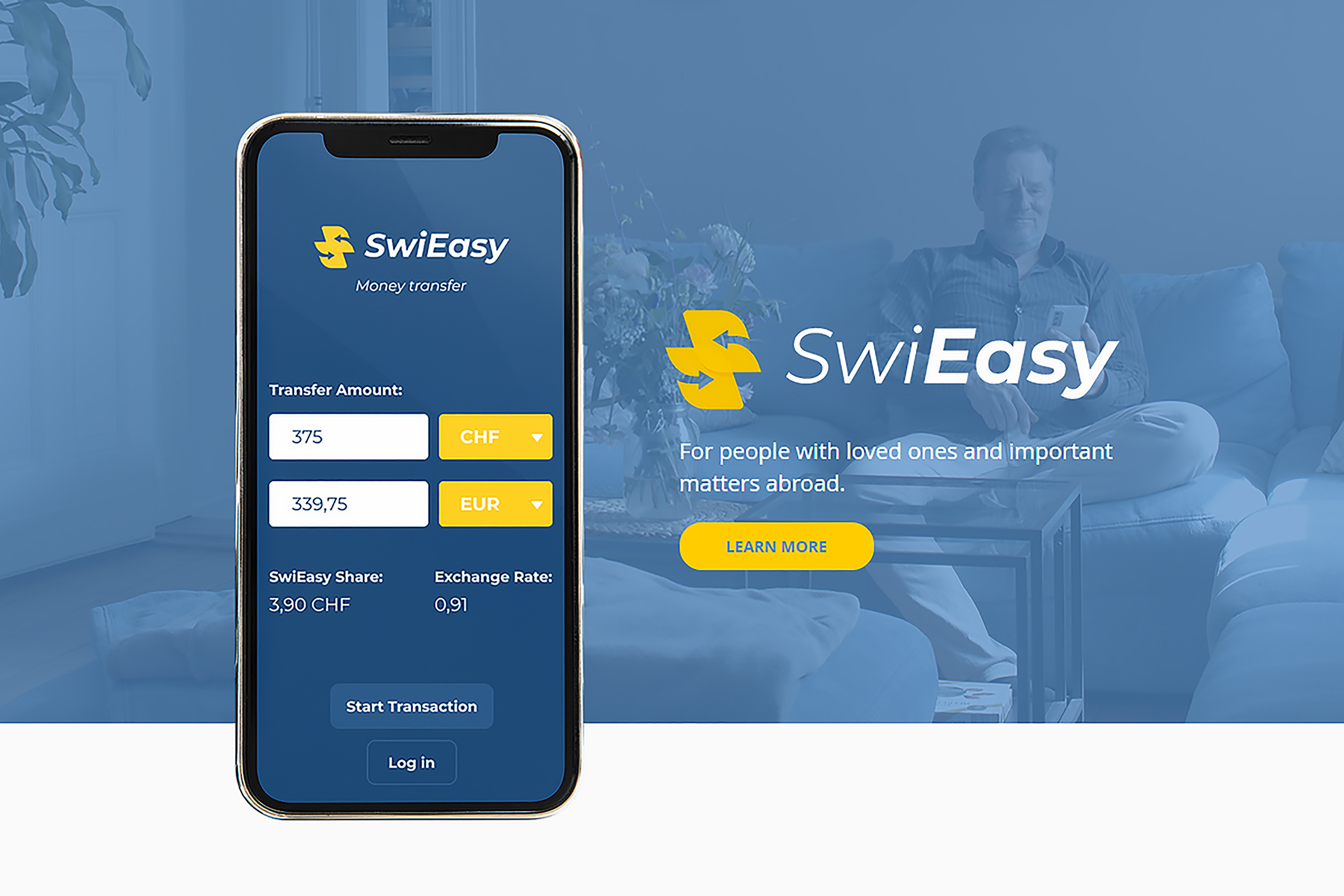
-1366x1366.jpg)
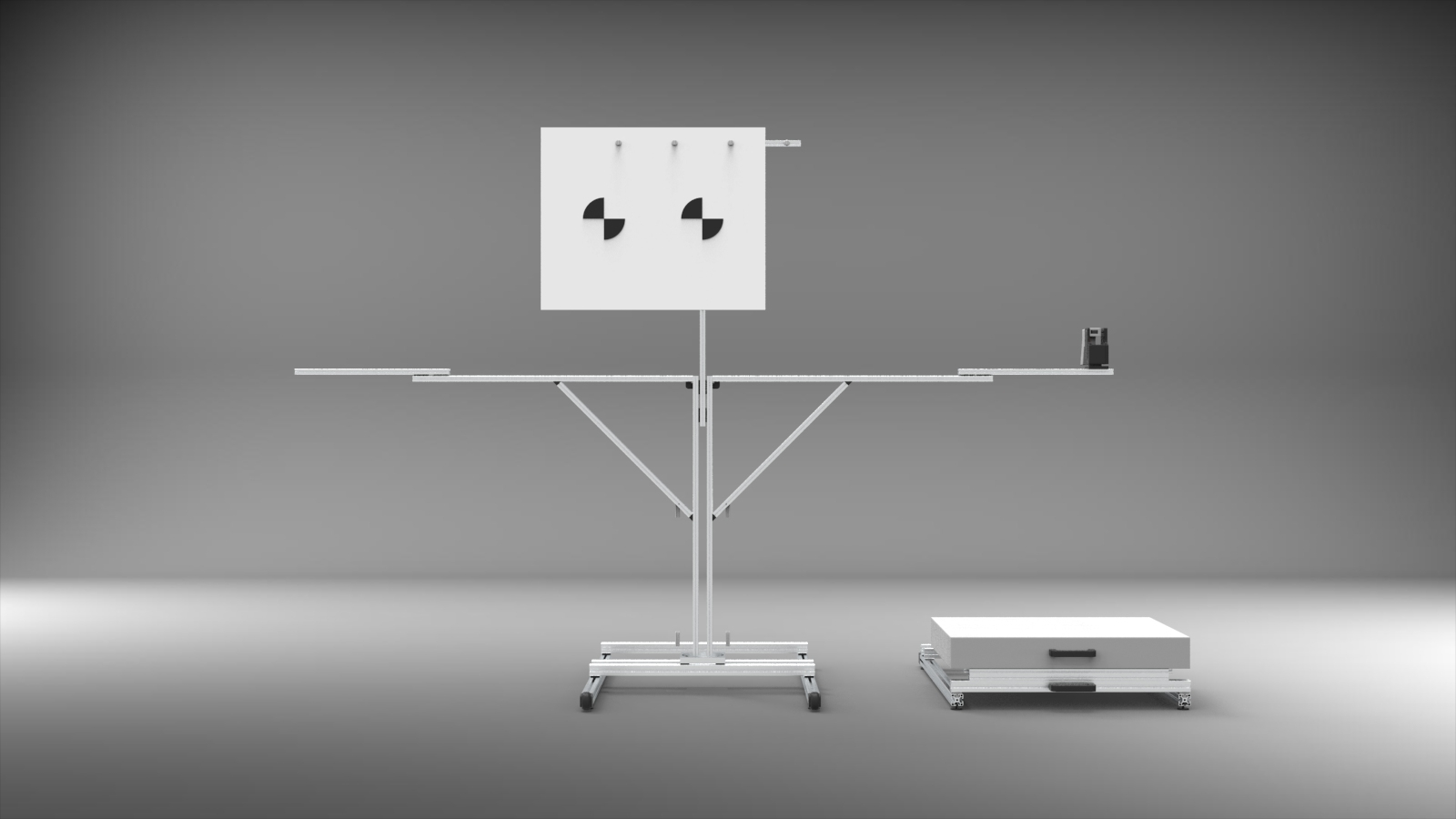

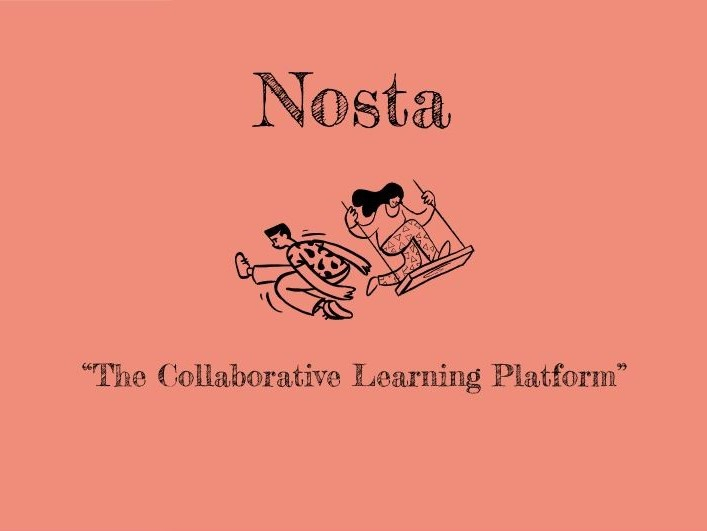
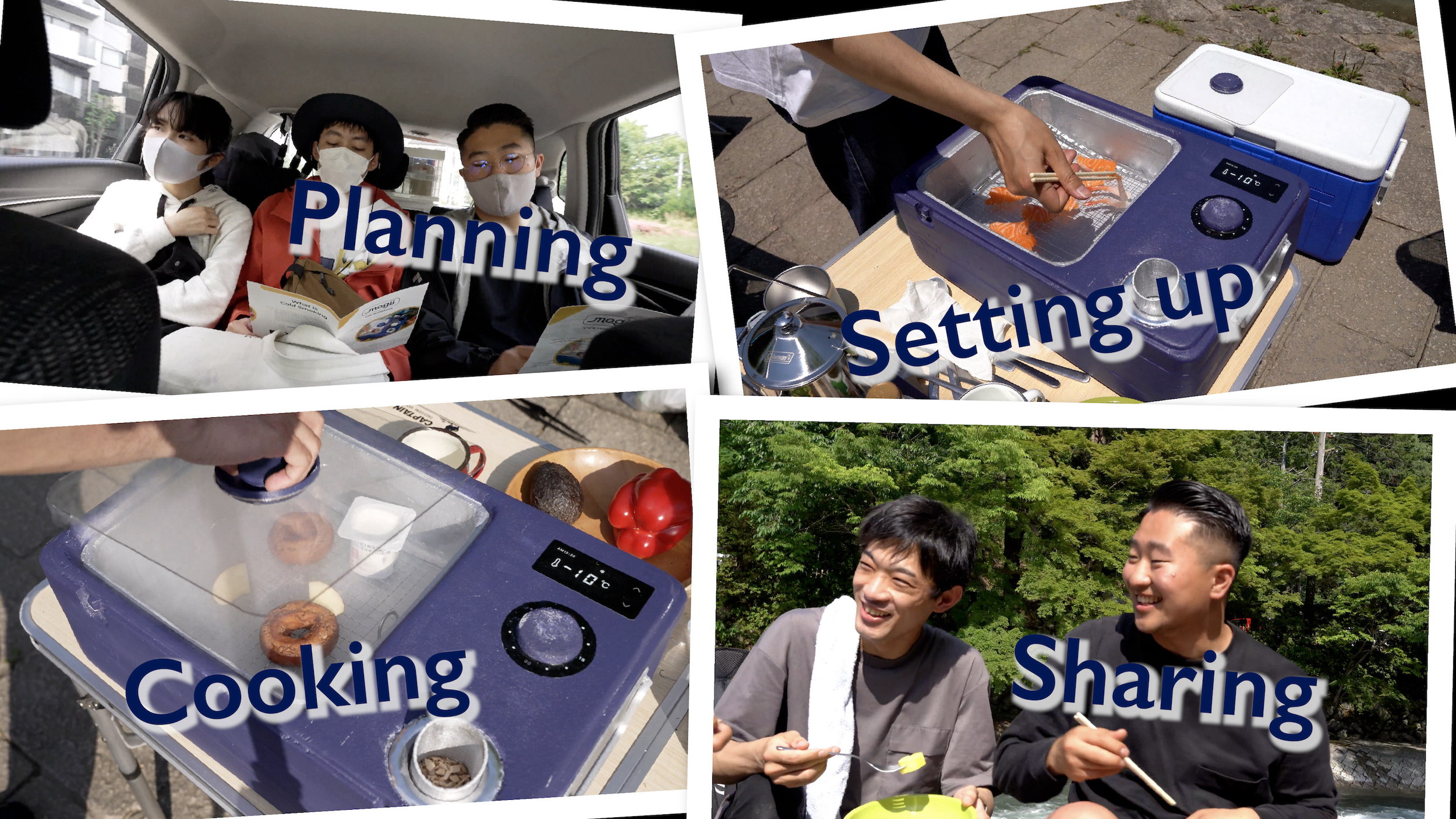

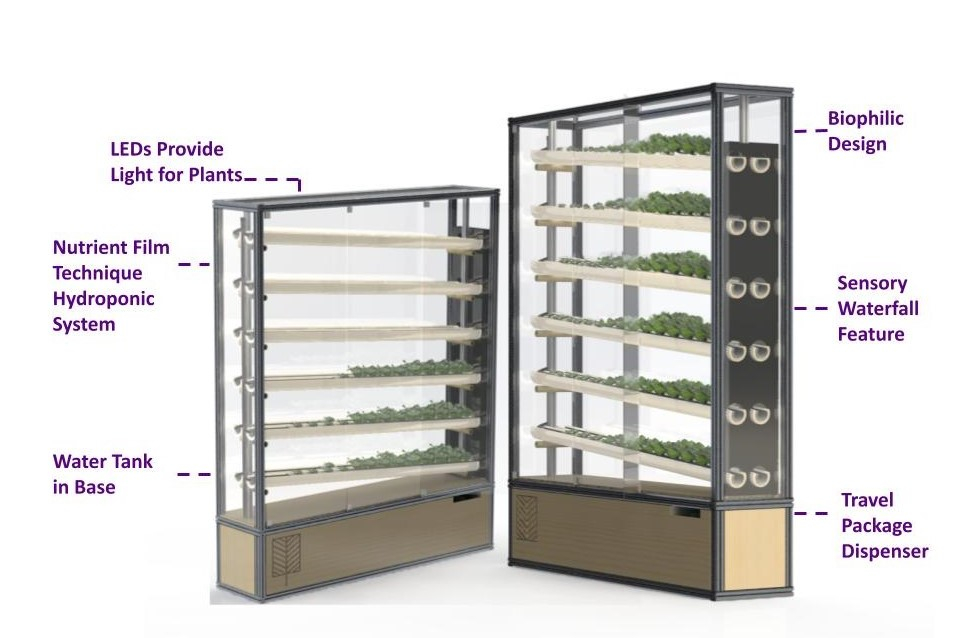
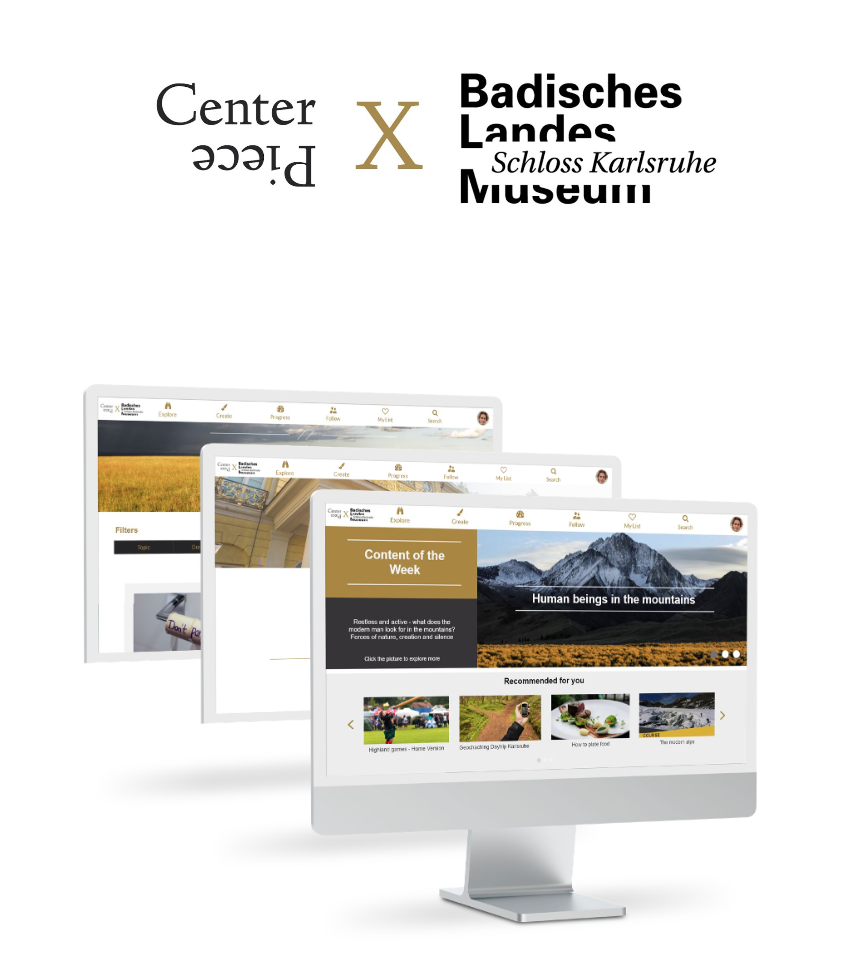
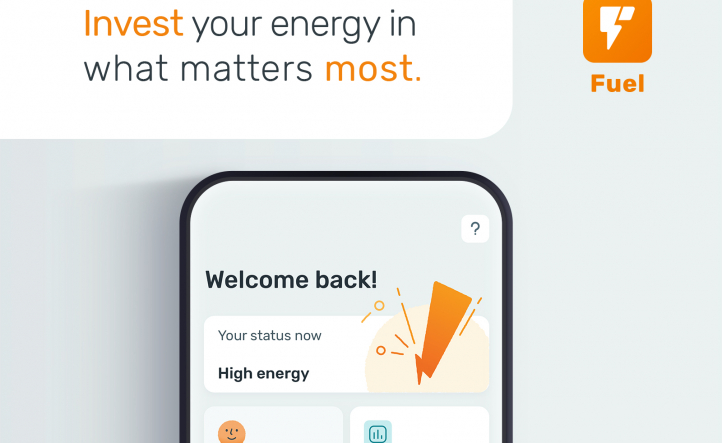
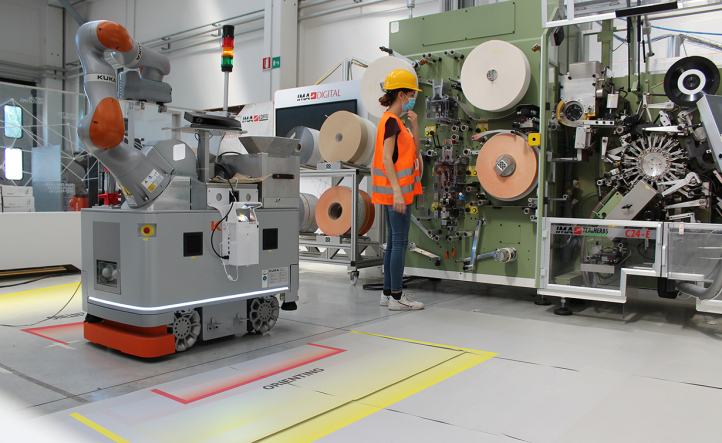


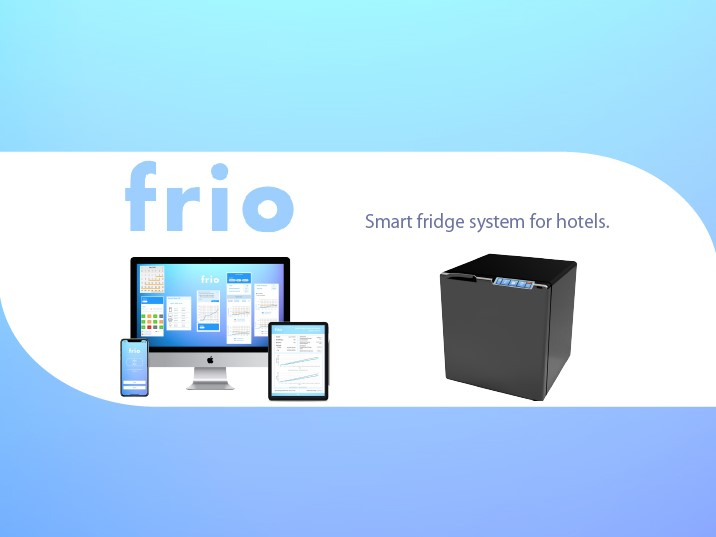
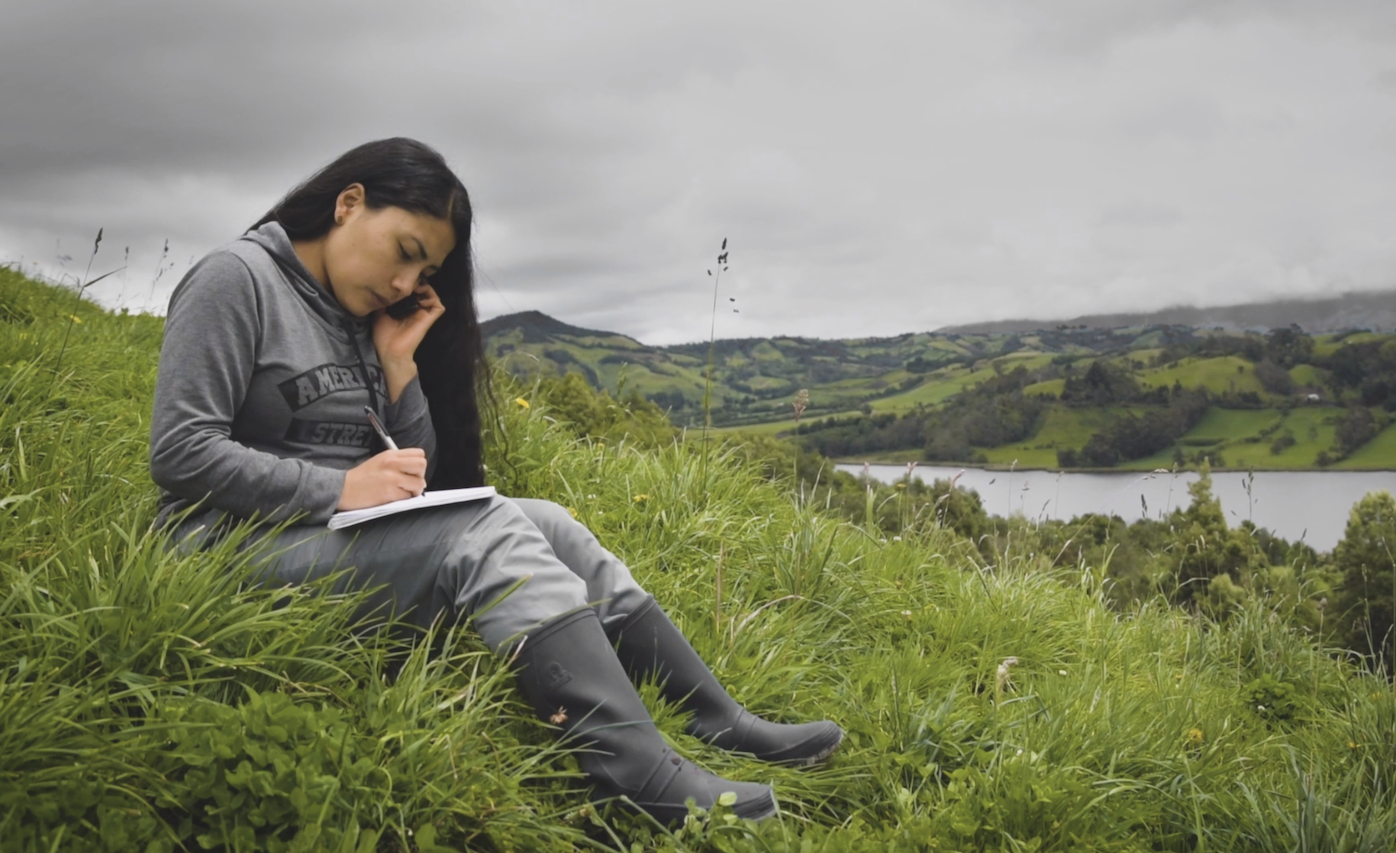
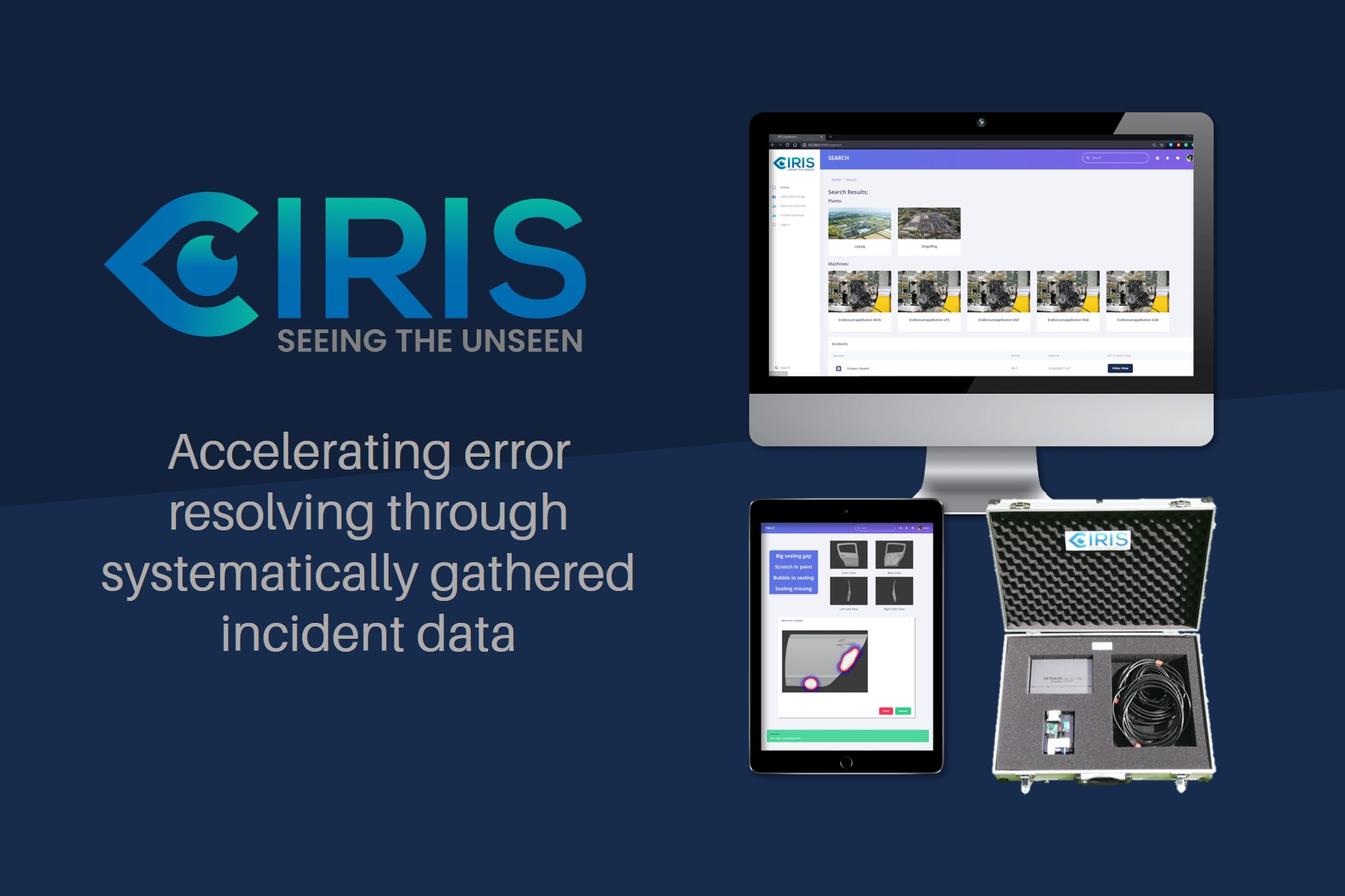
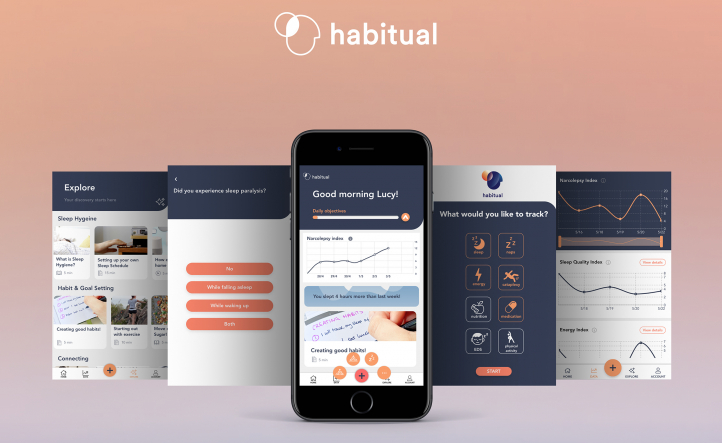
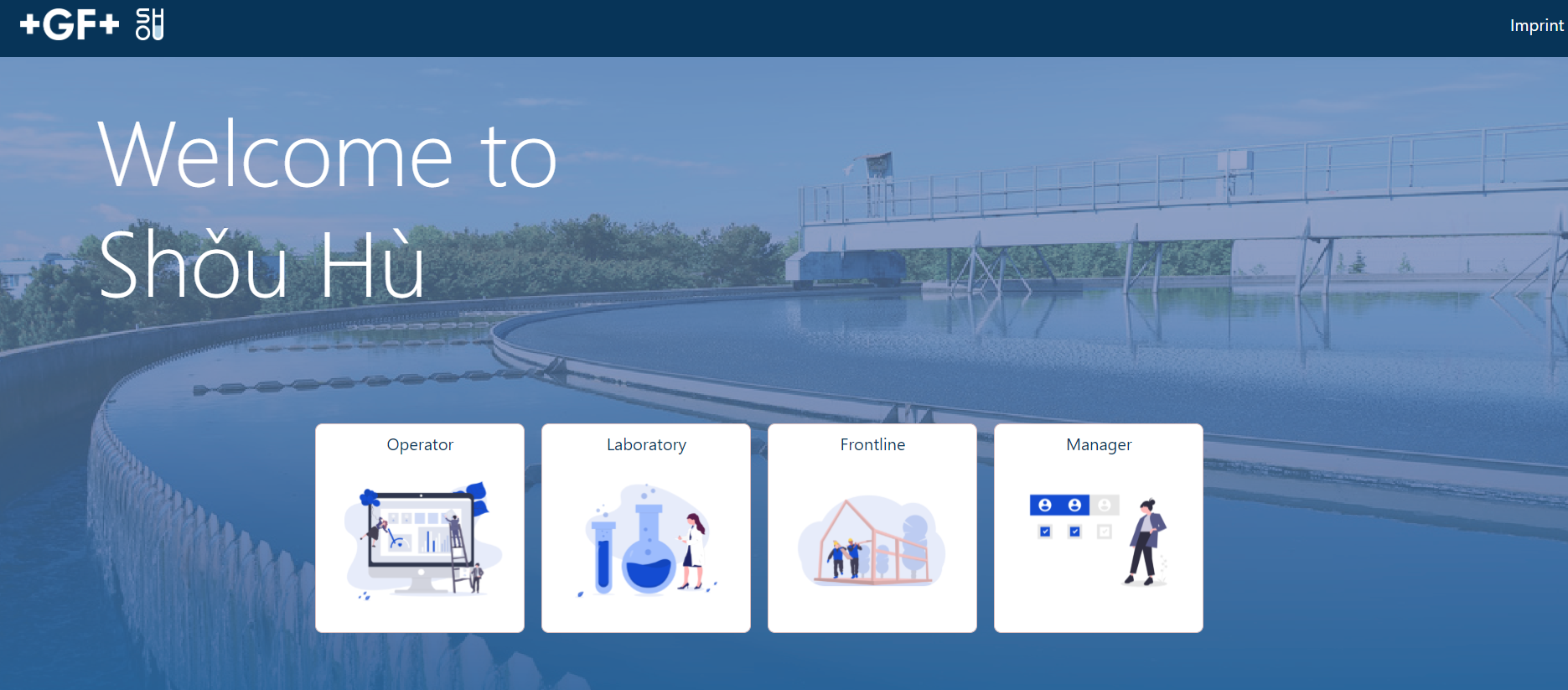
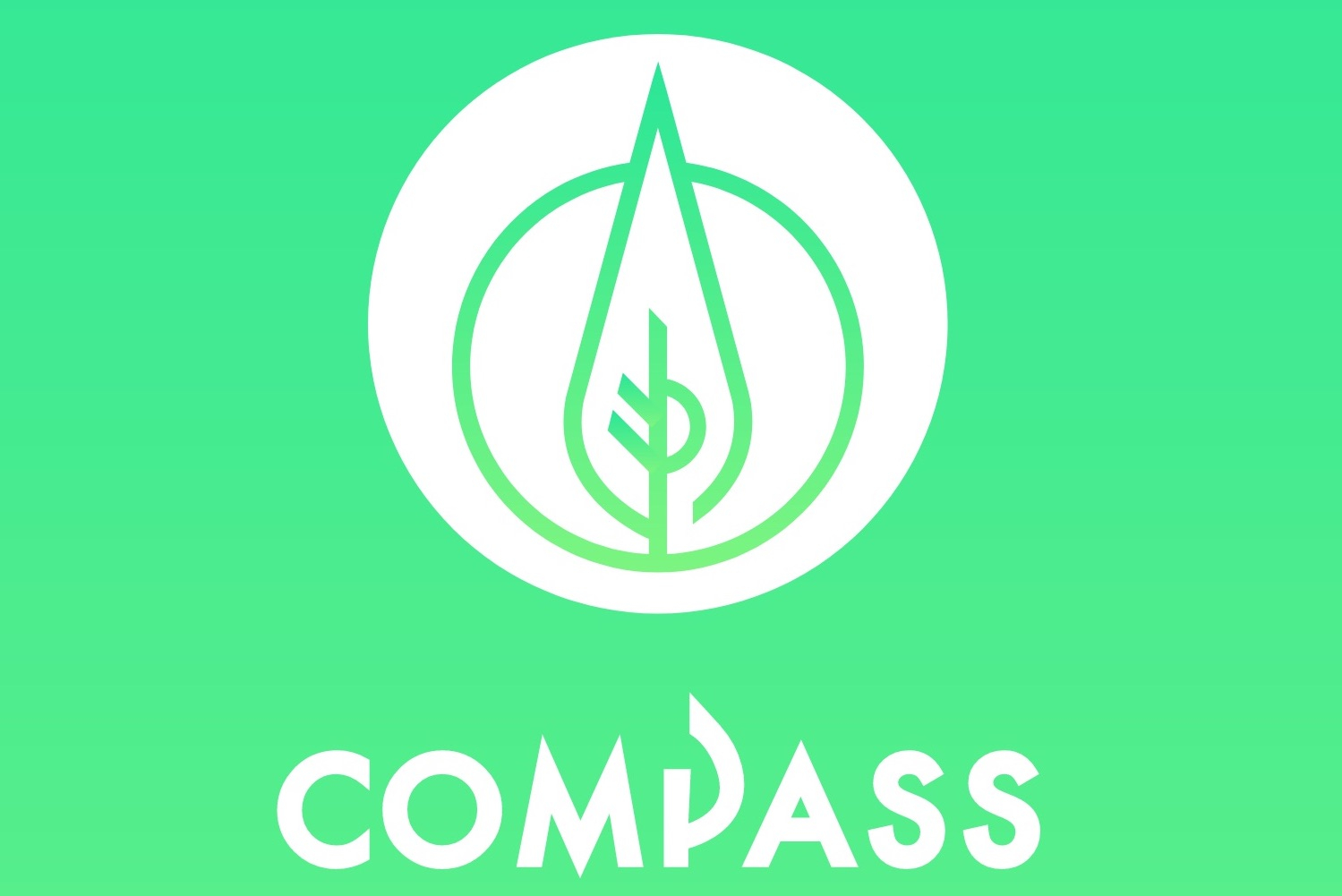
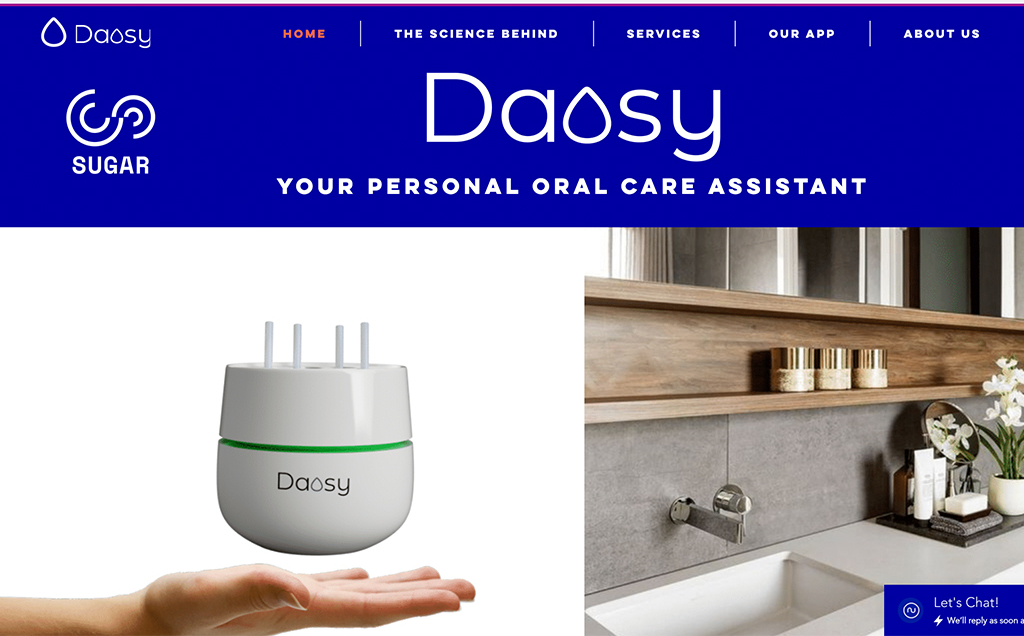
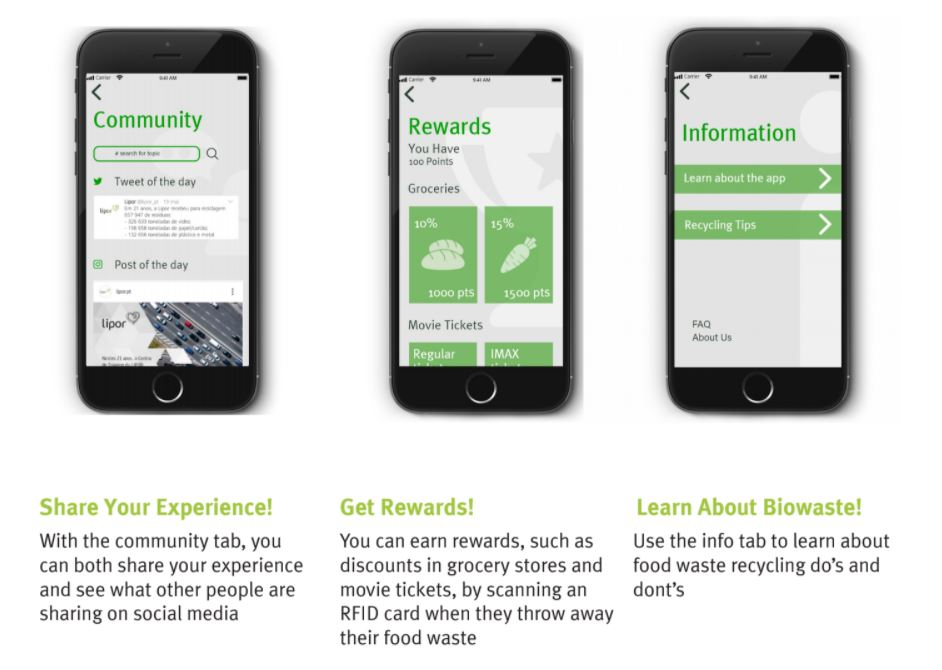
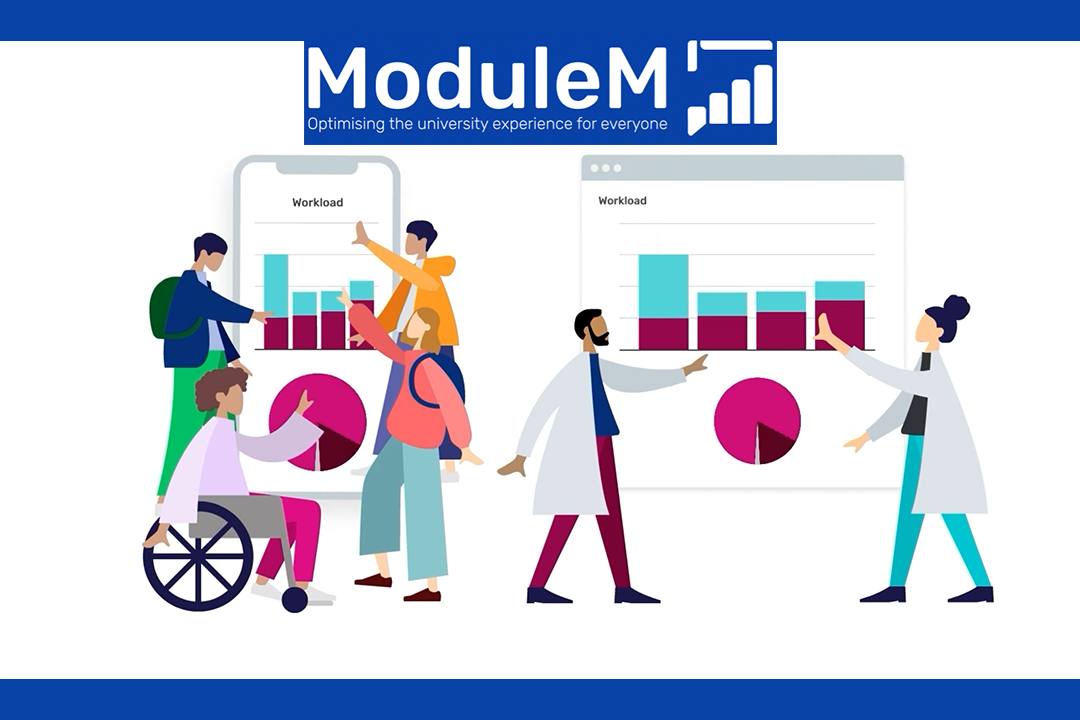
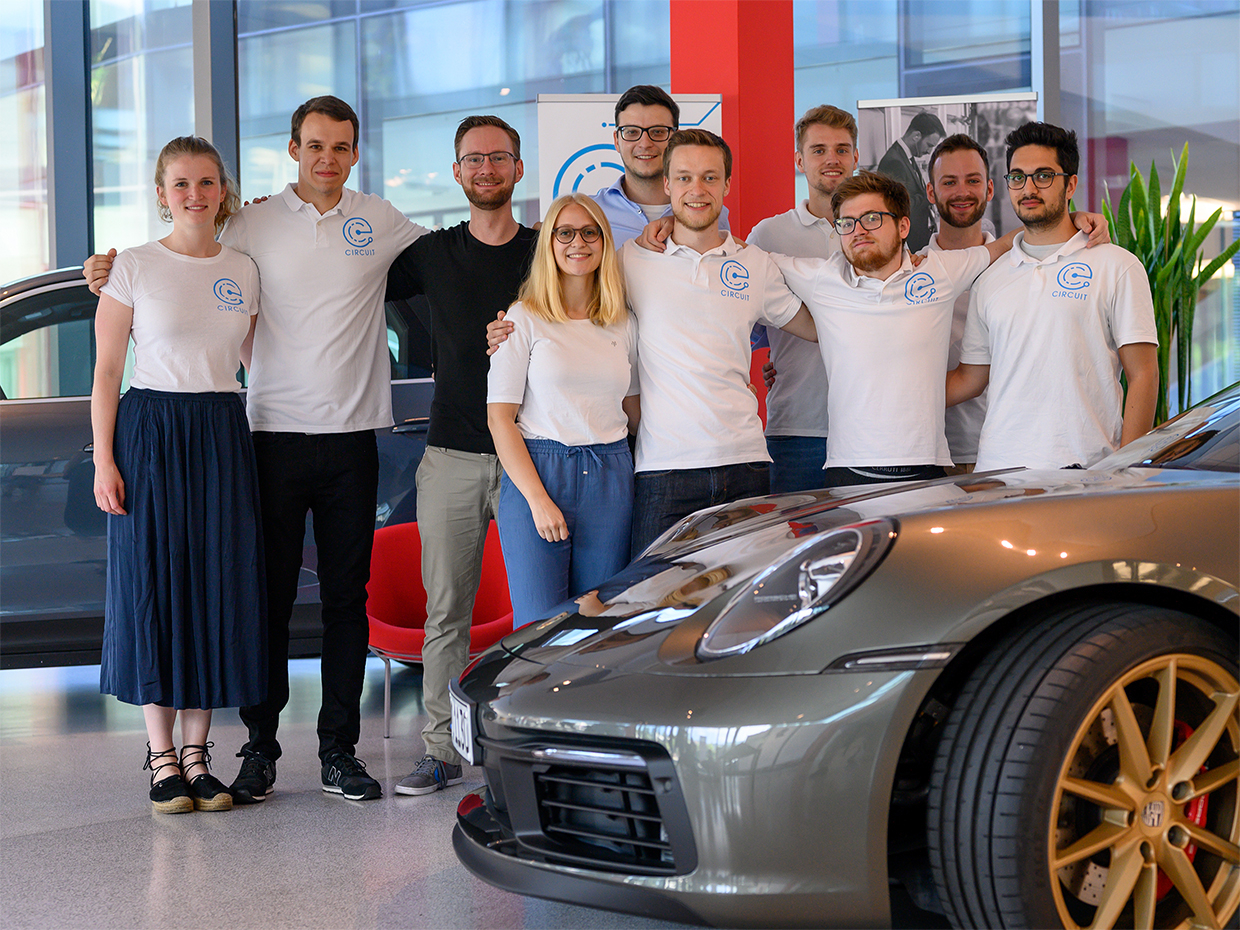
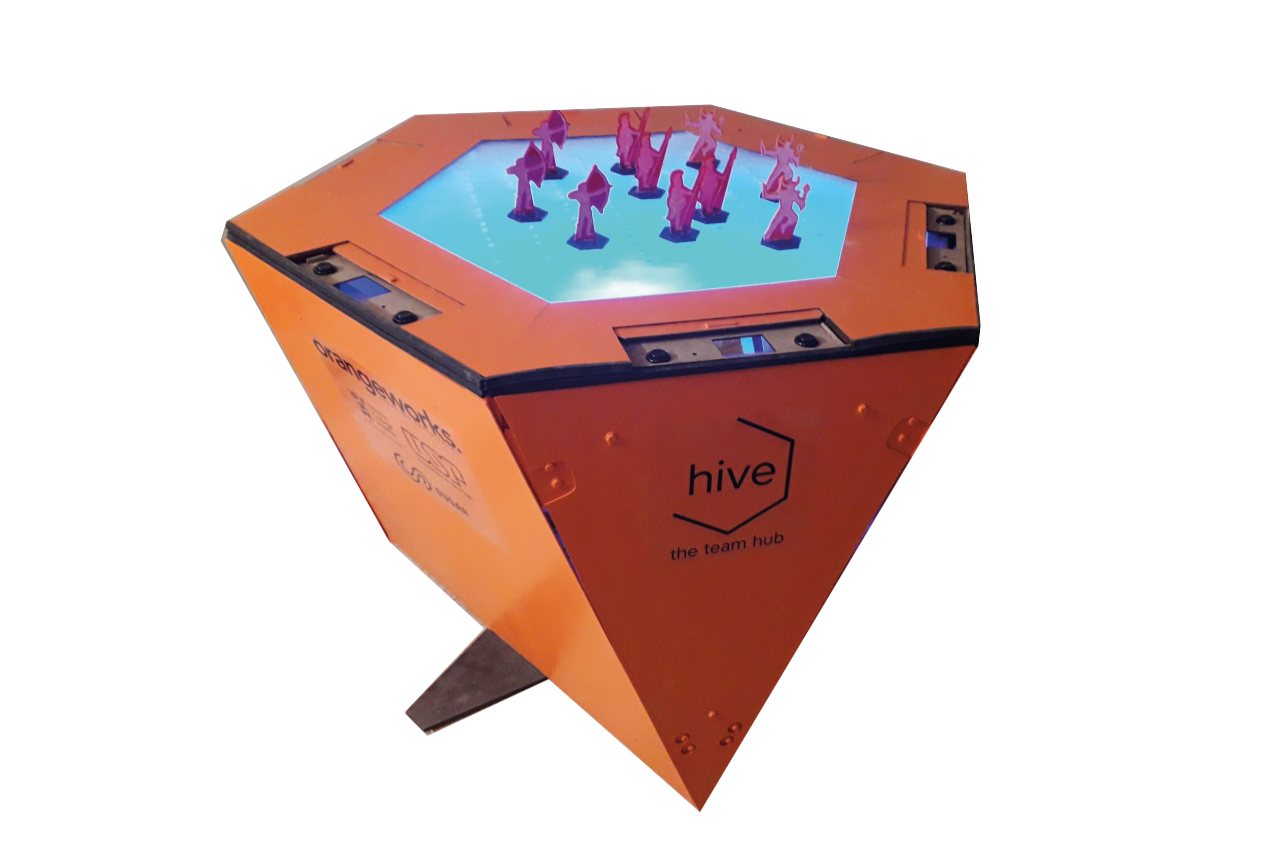
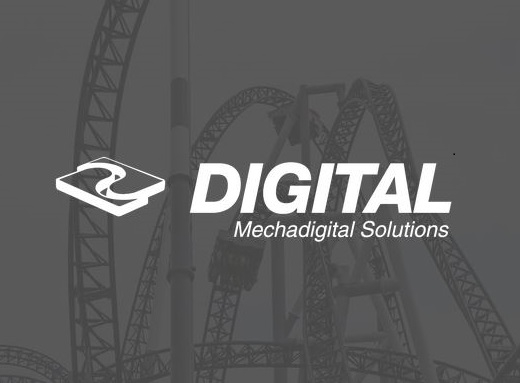
-722x443.png)
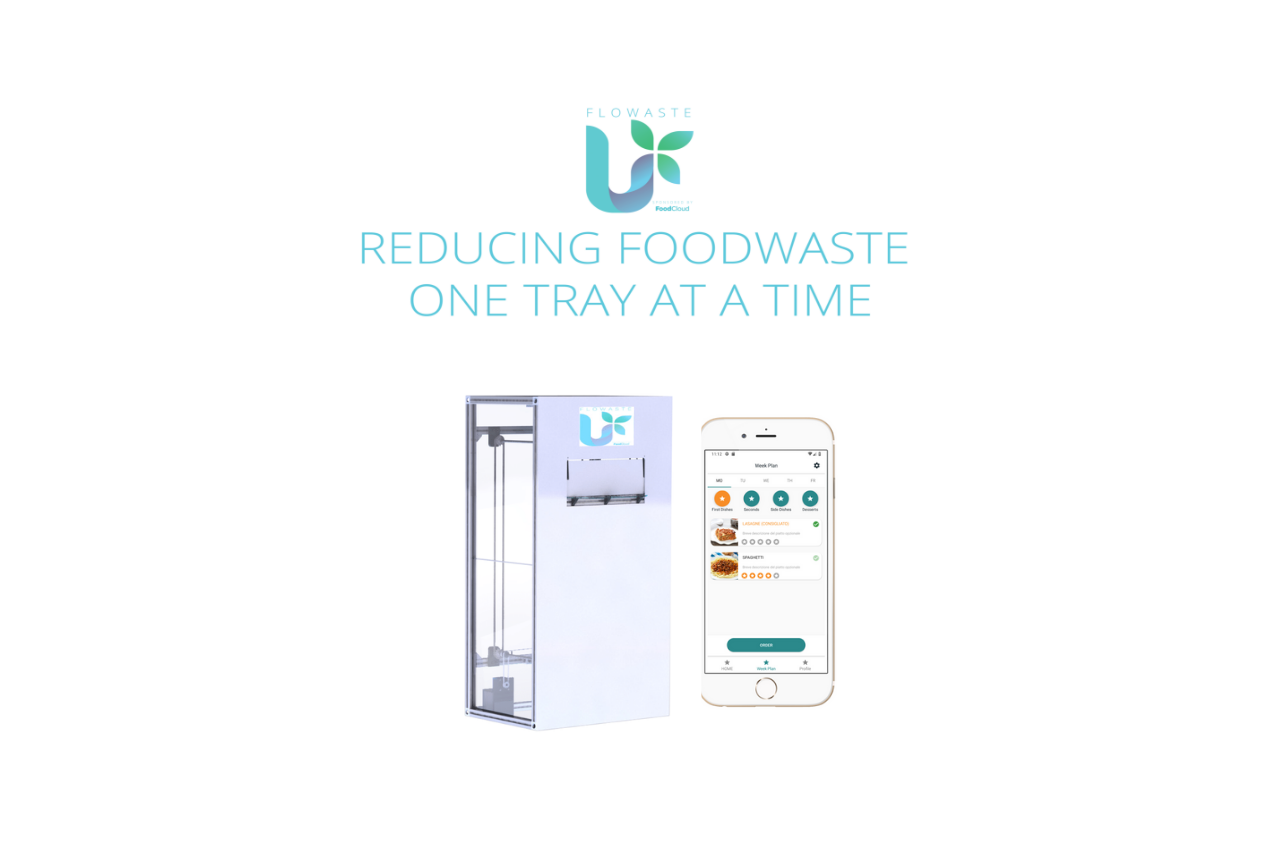
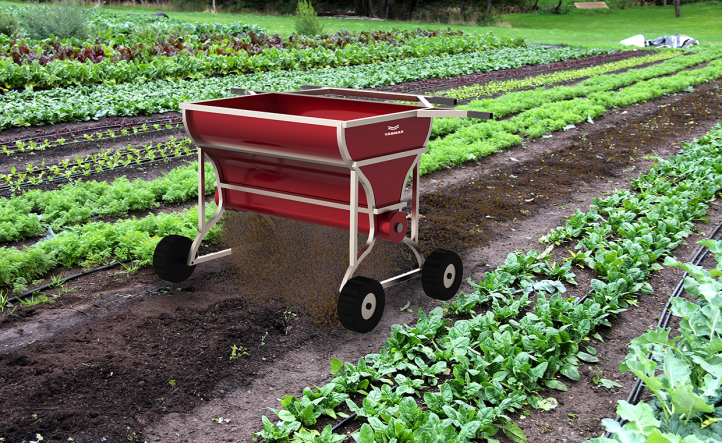
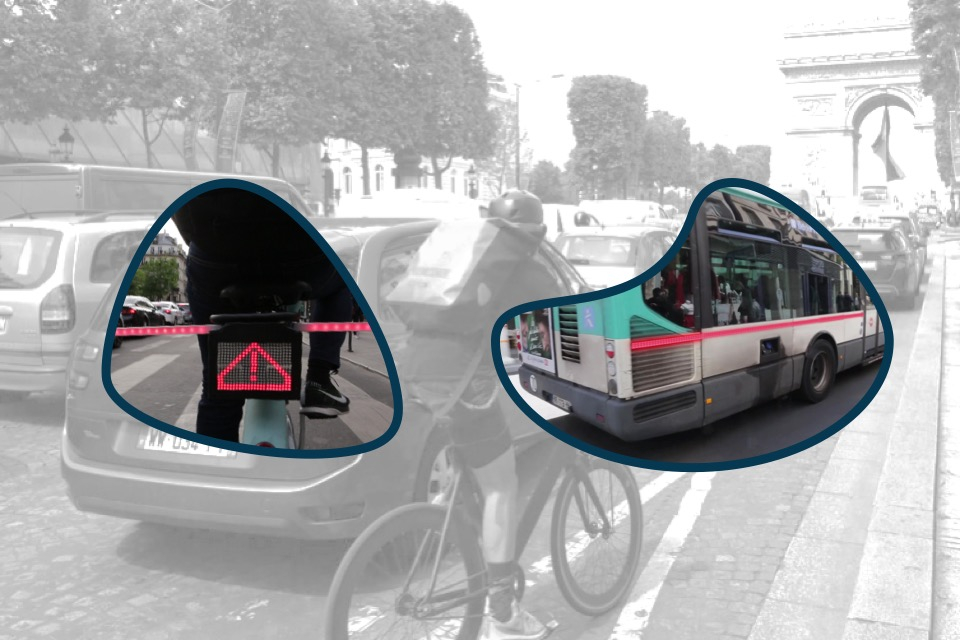
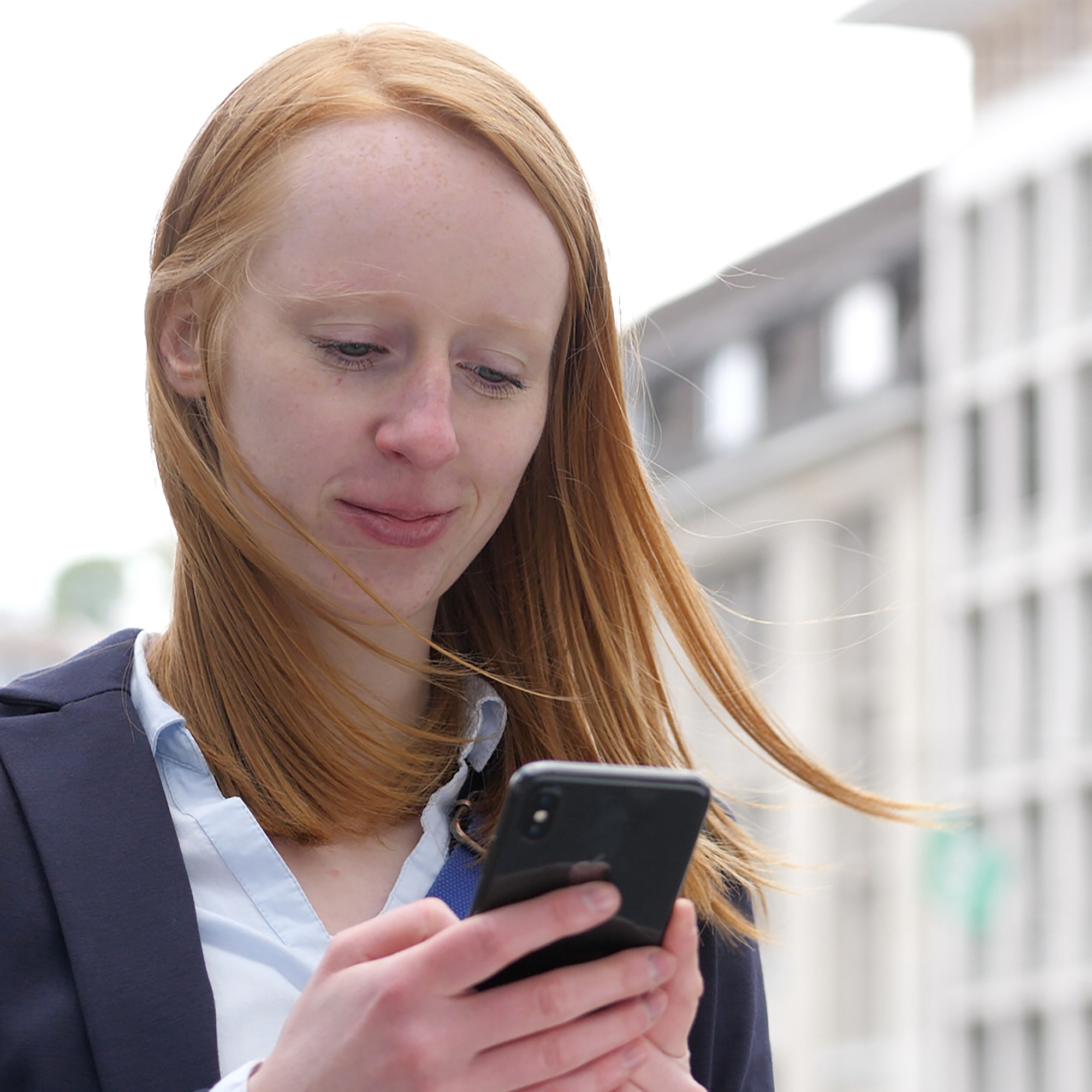
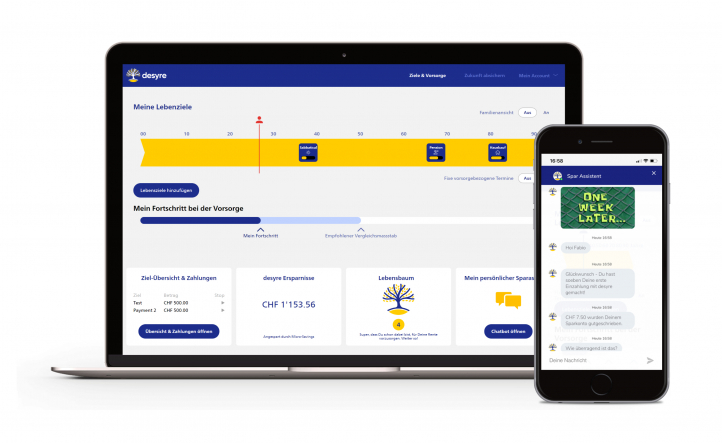
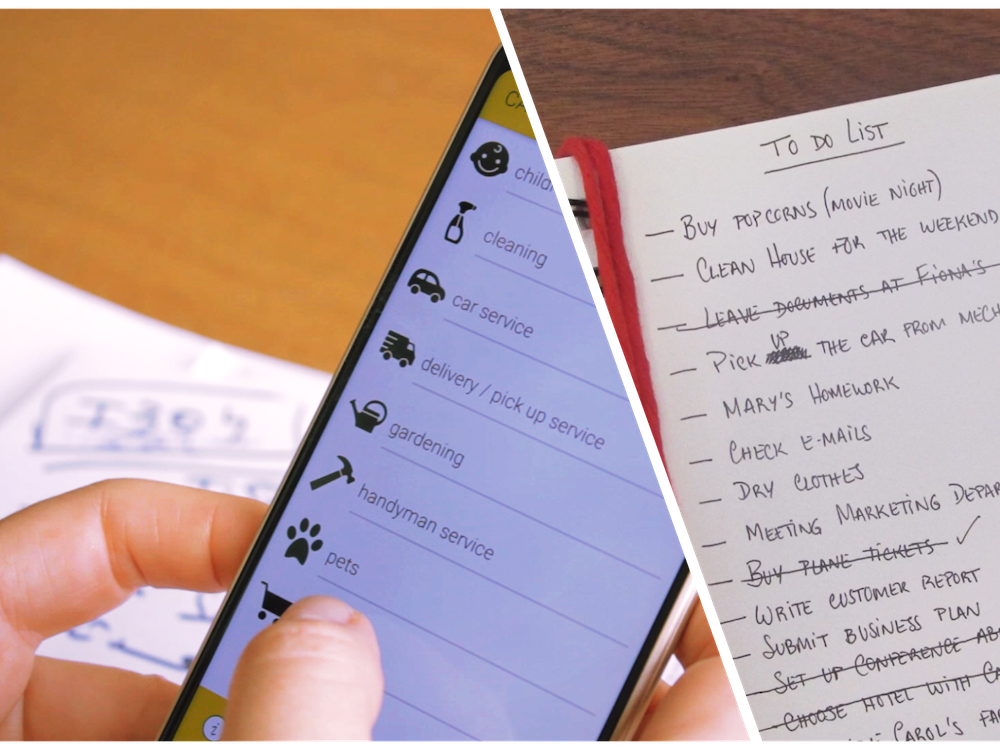
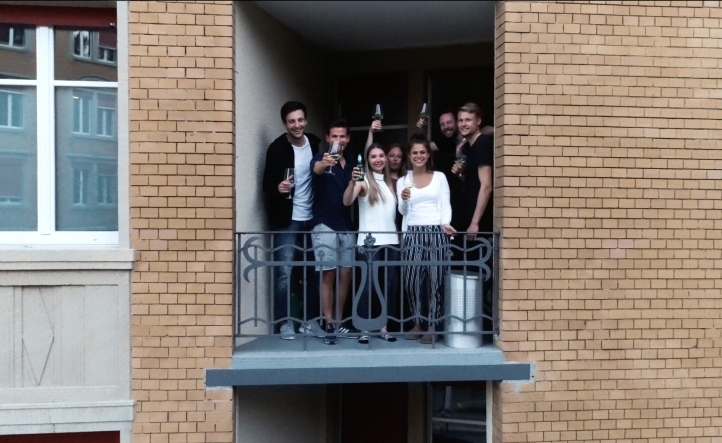
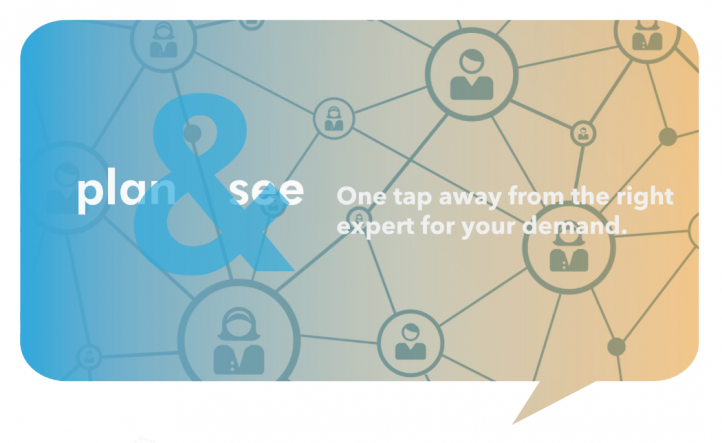
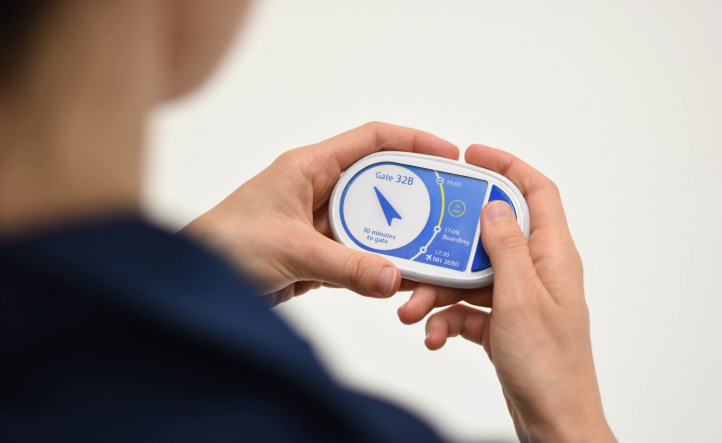
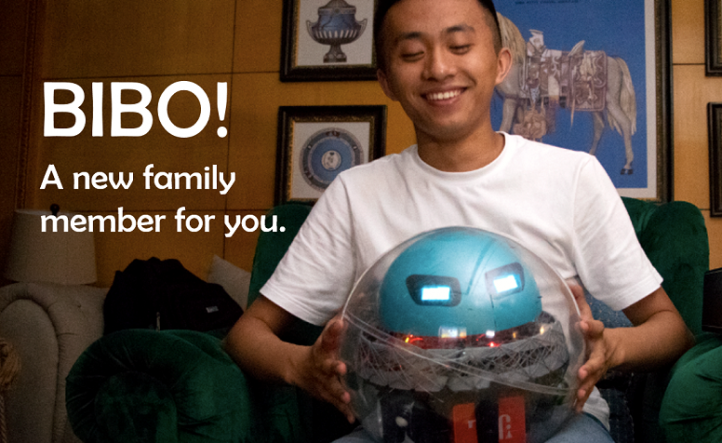
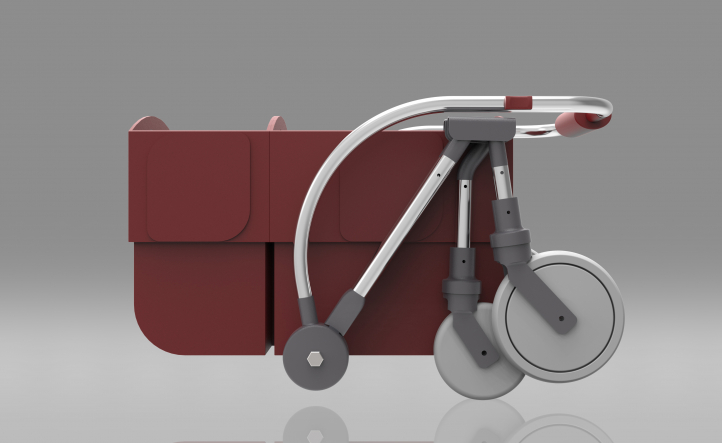
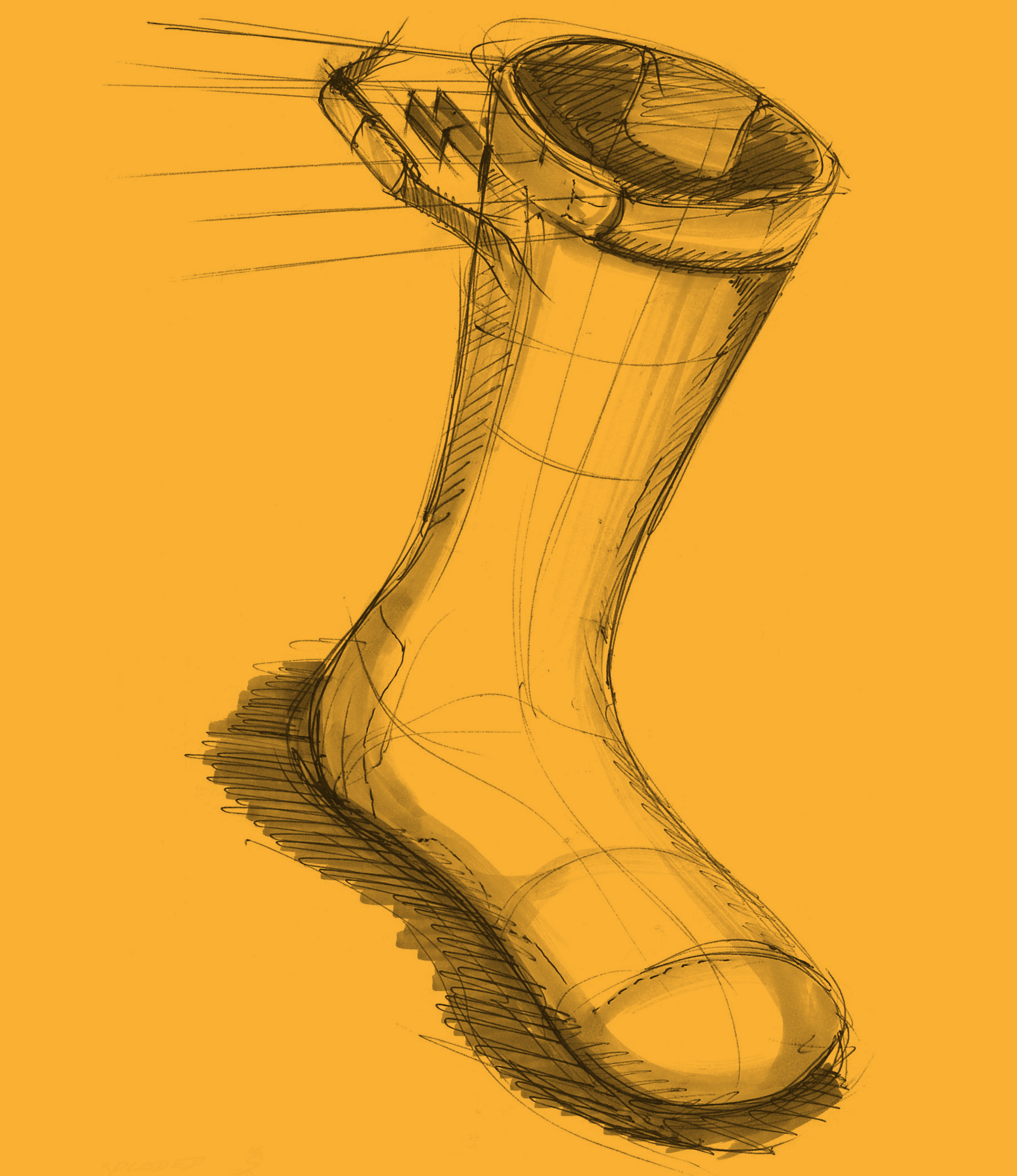
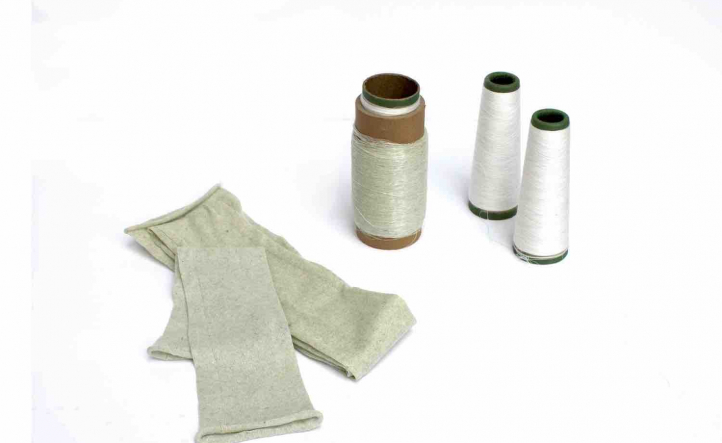
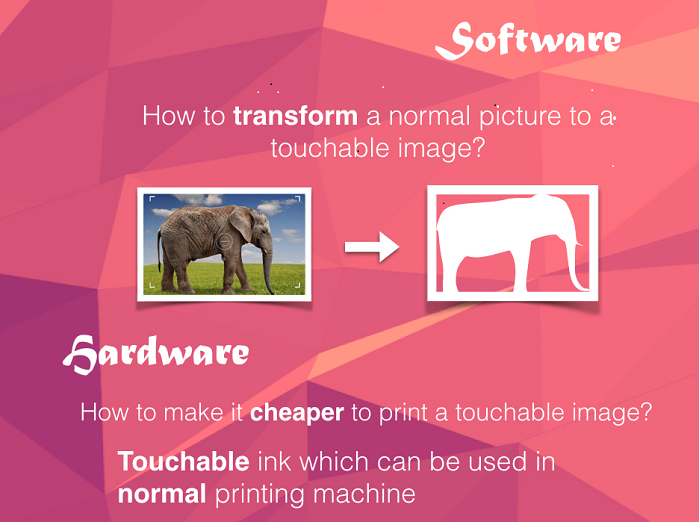
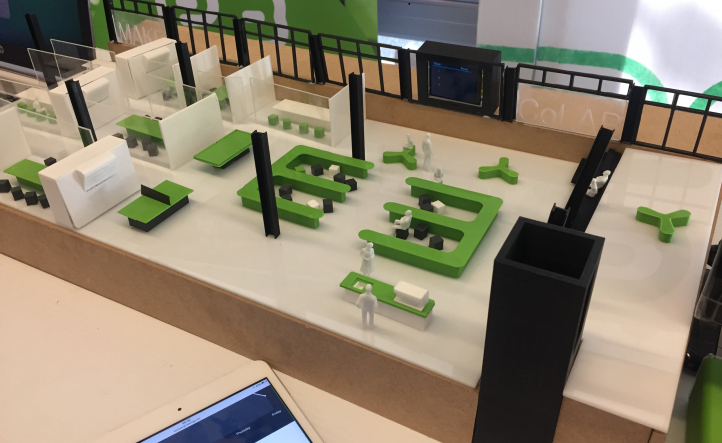
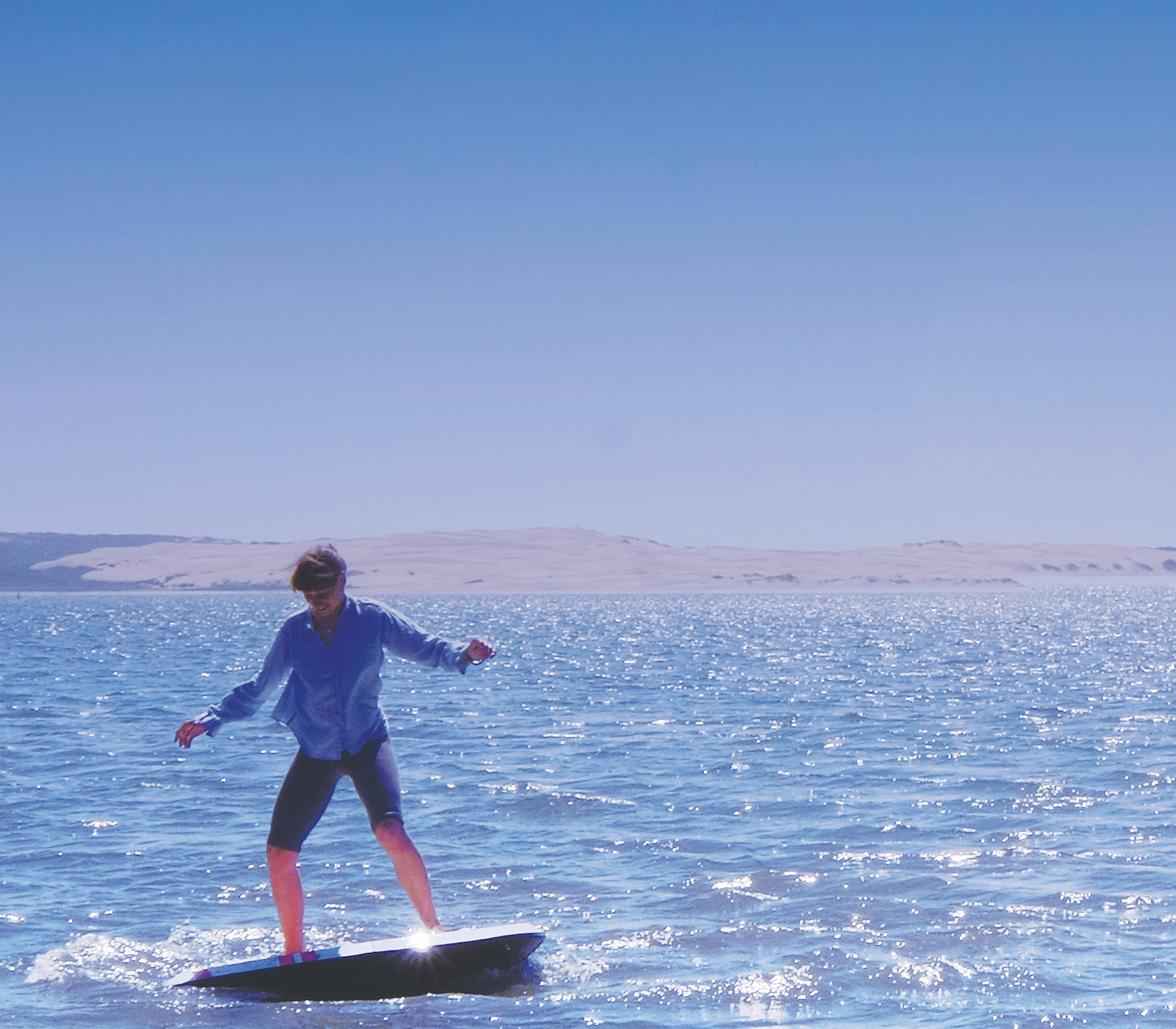
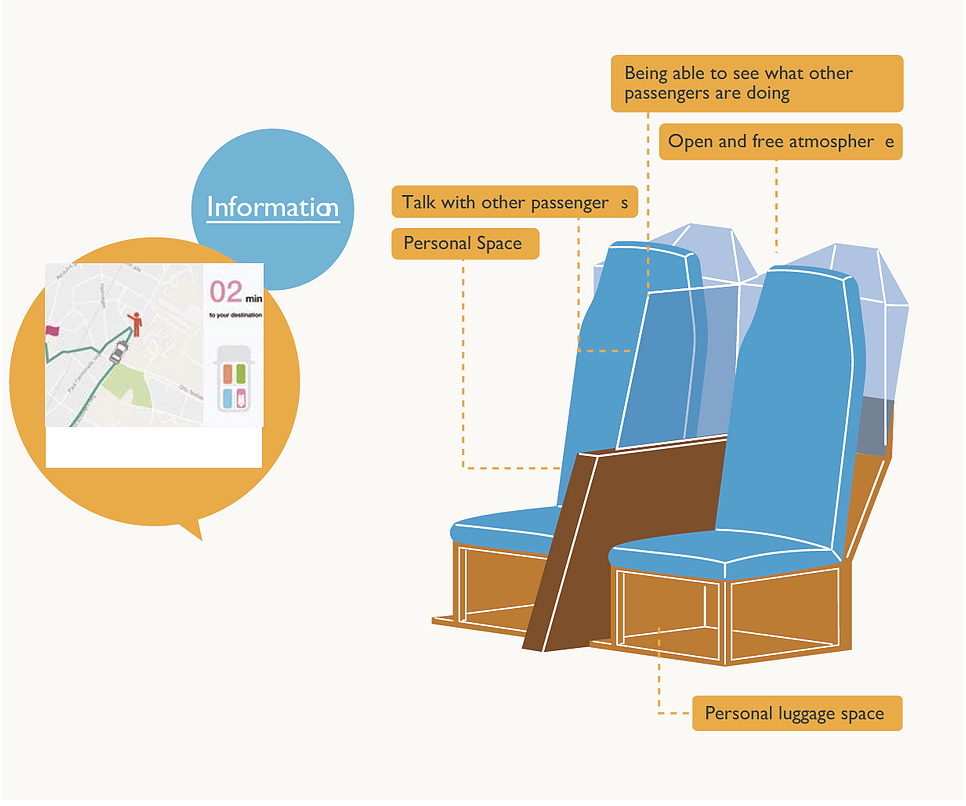
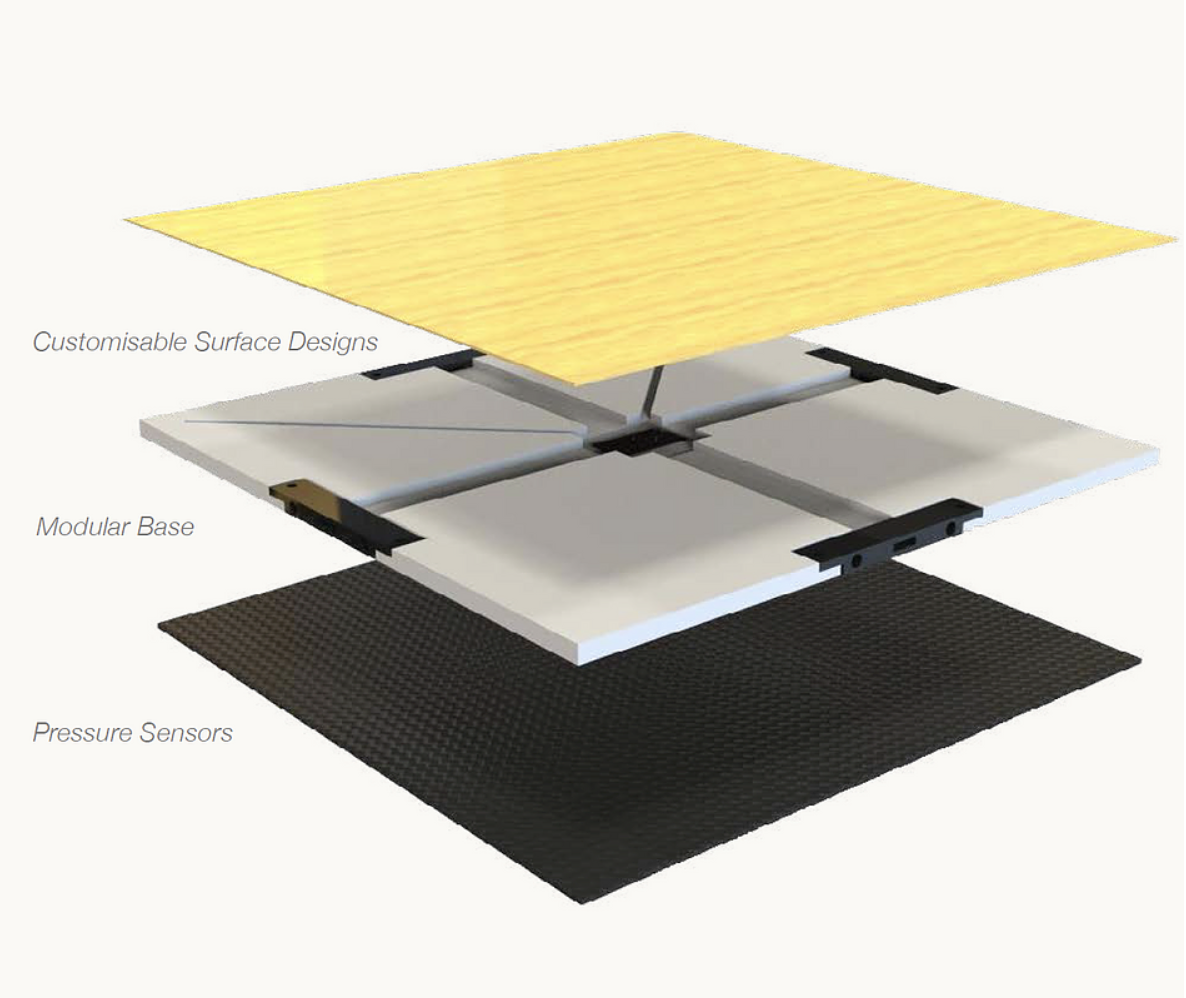
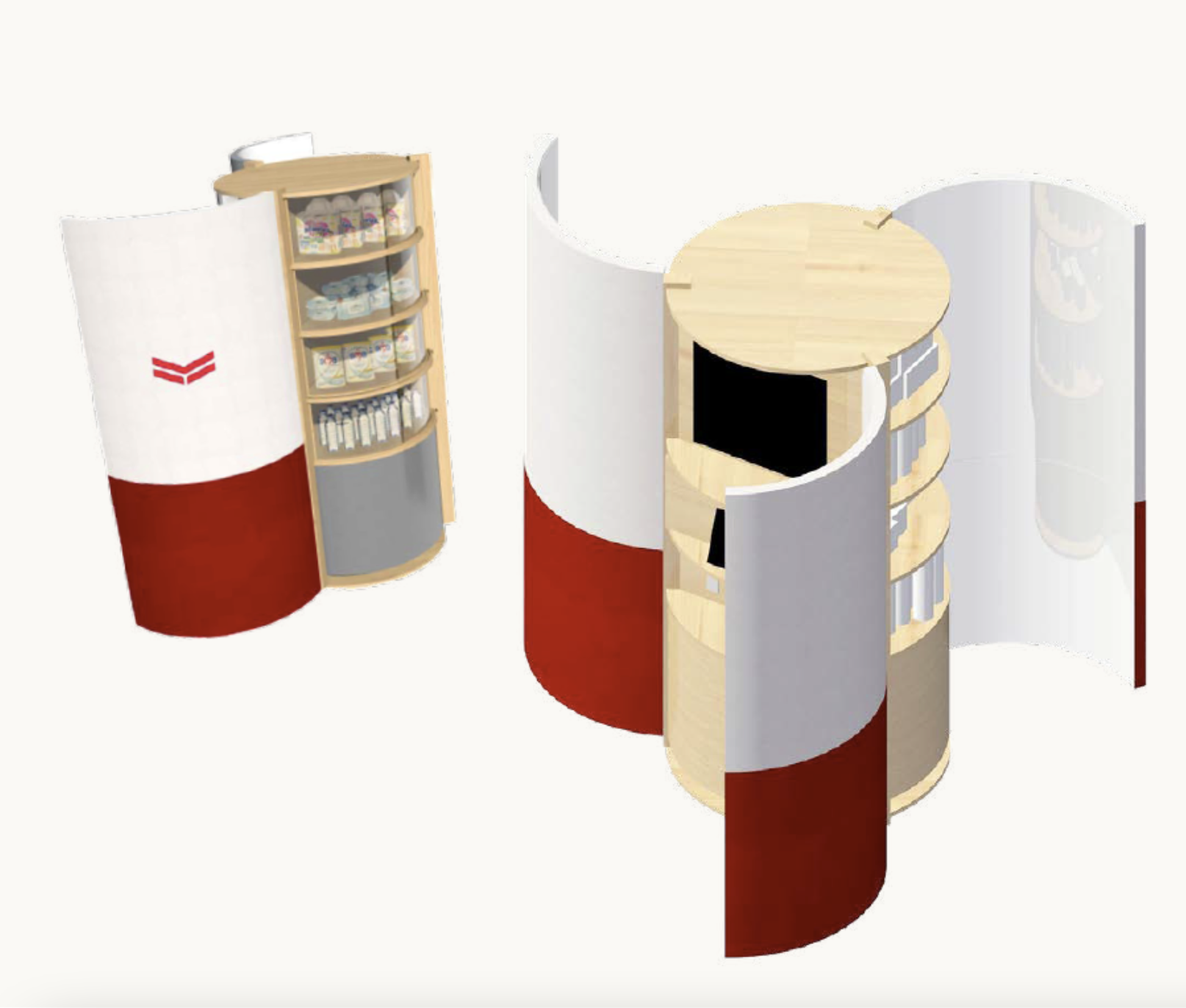

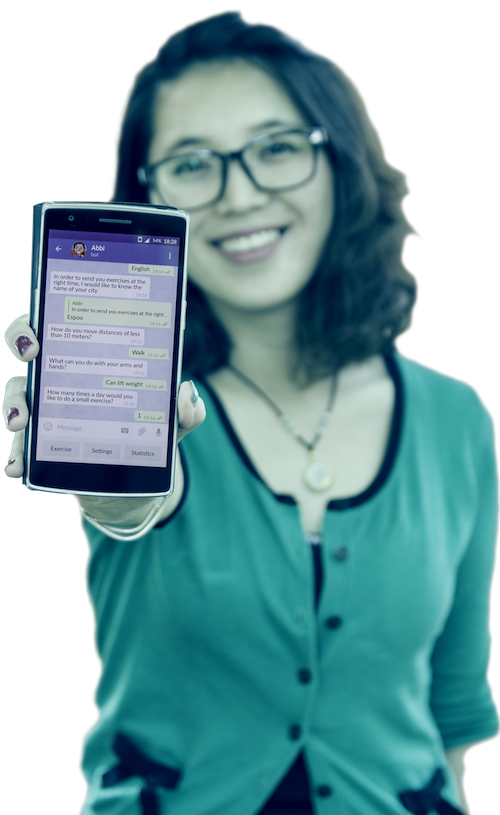
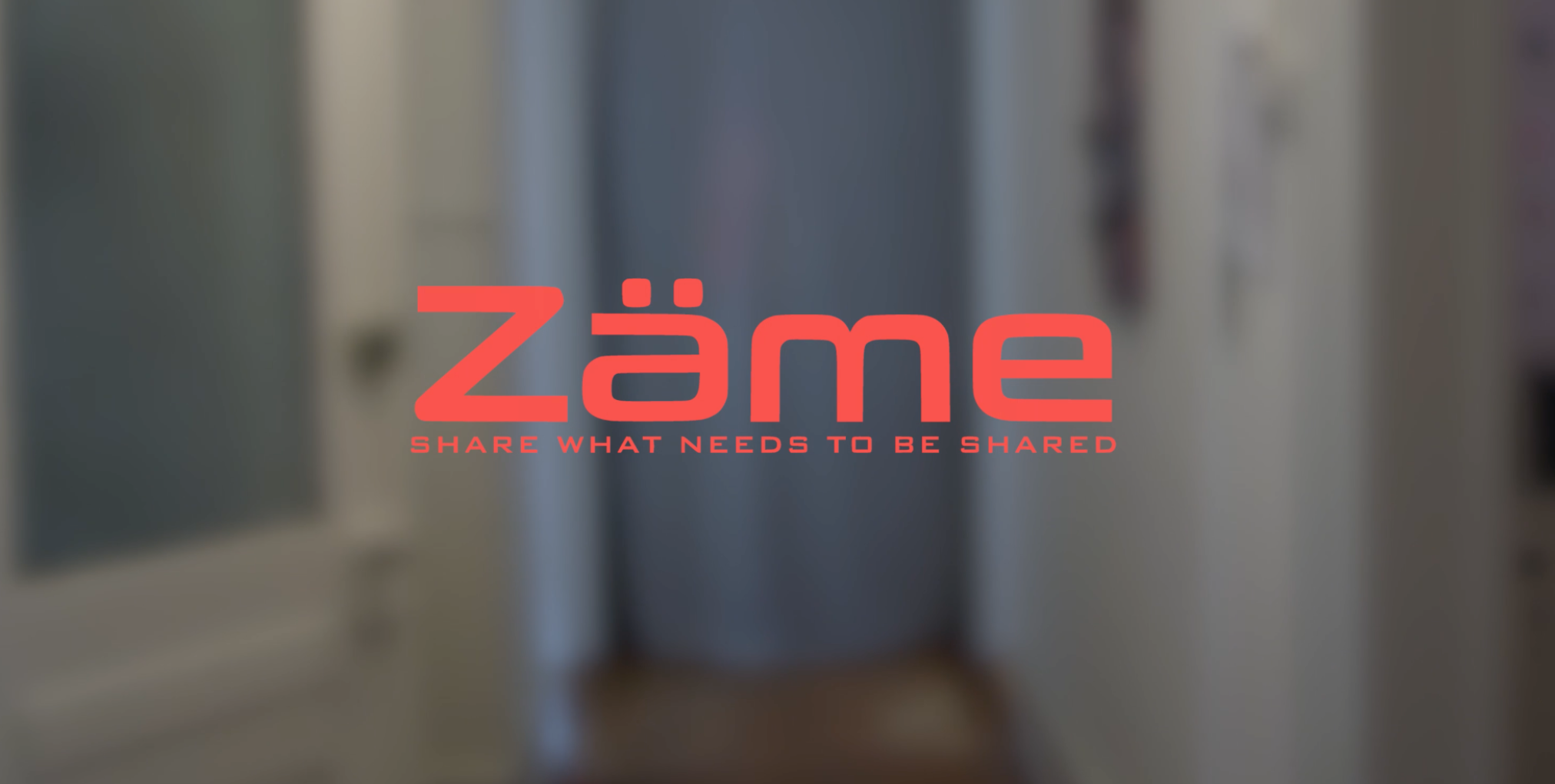
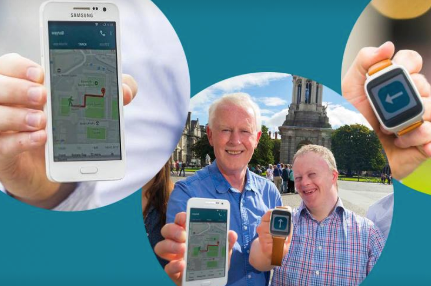
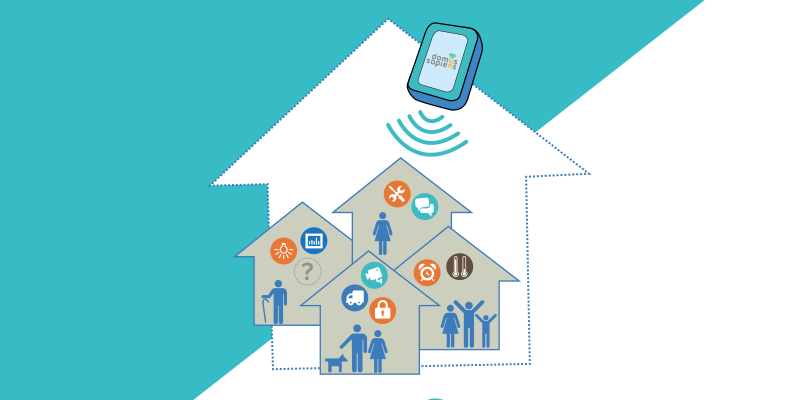
-1024x685.jpg)
